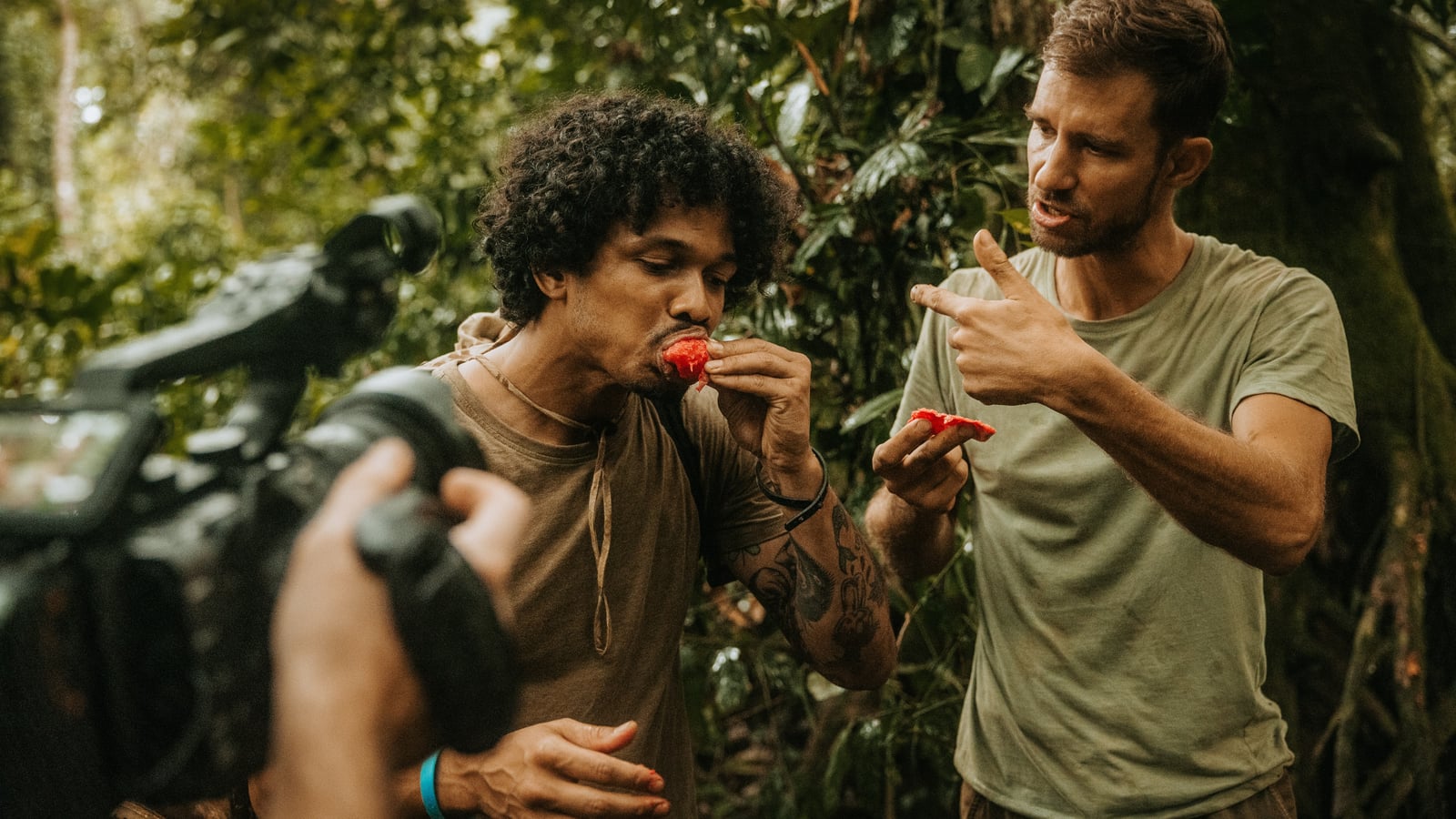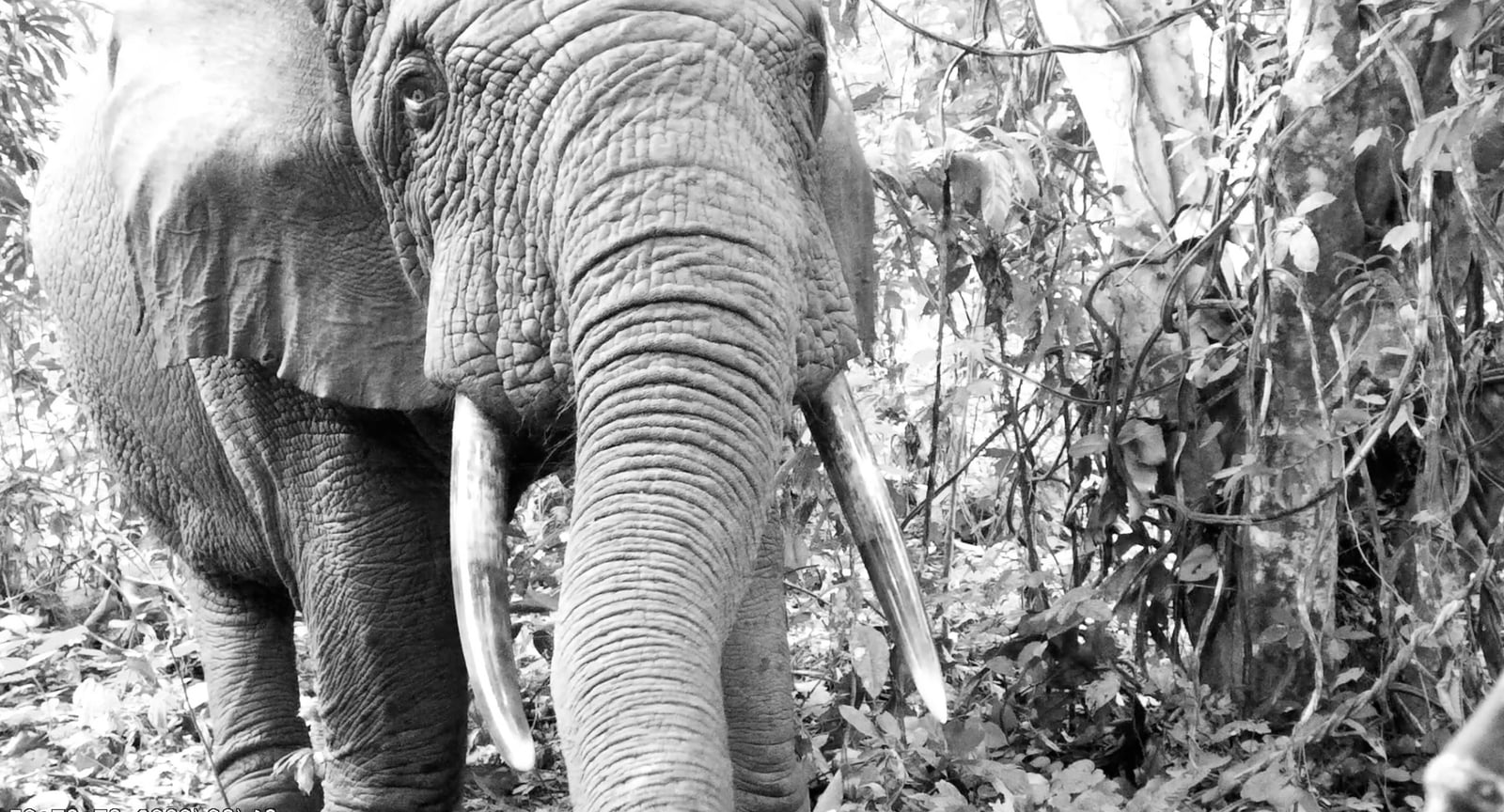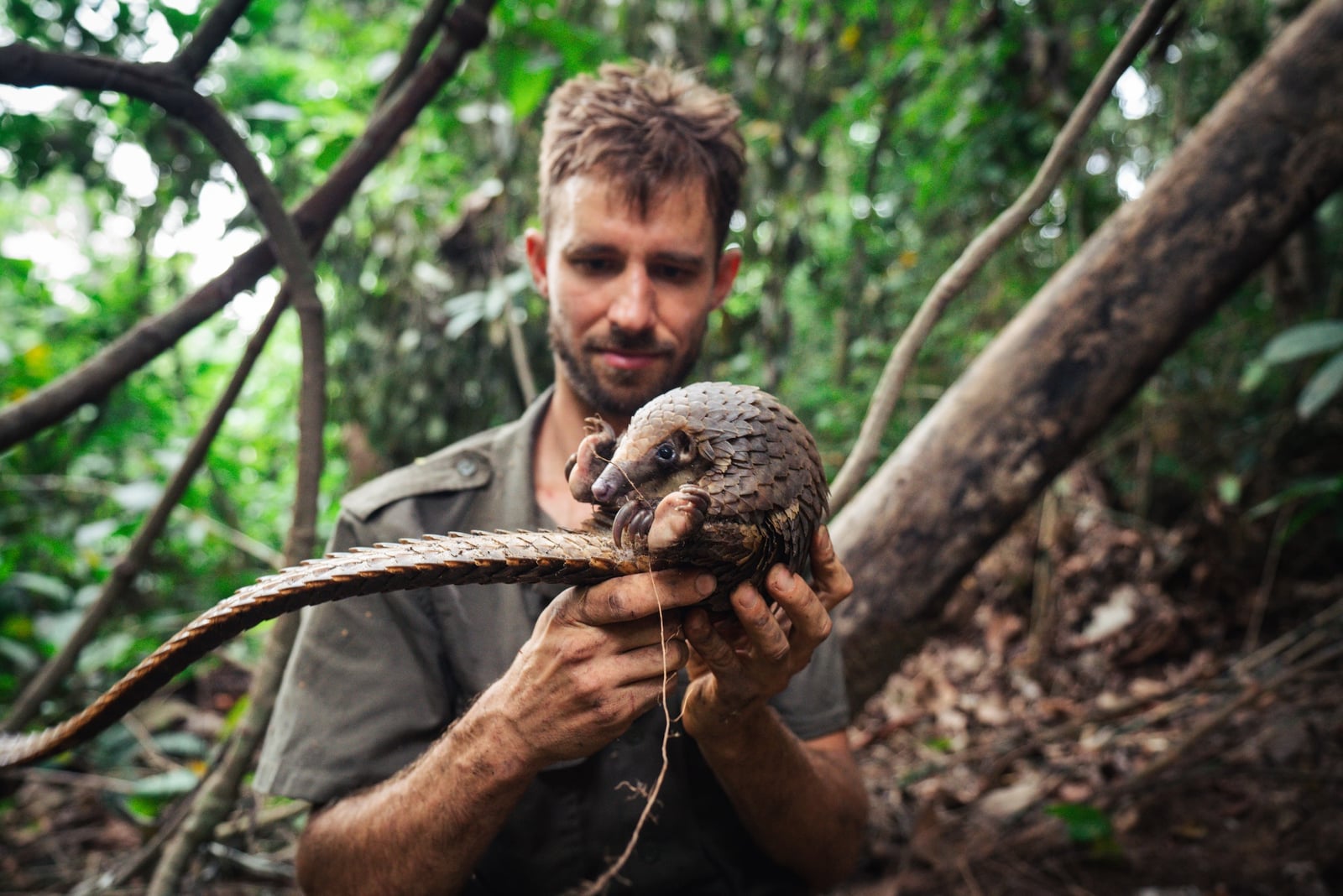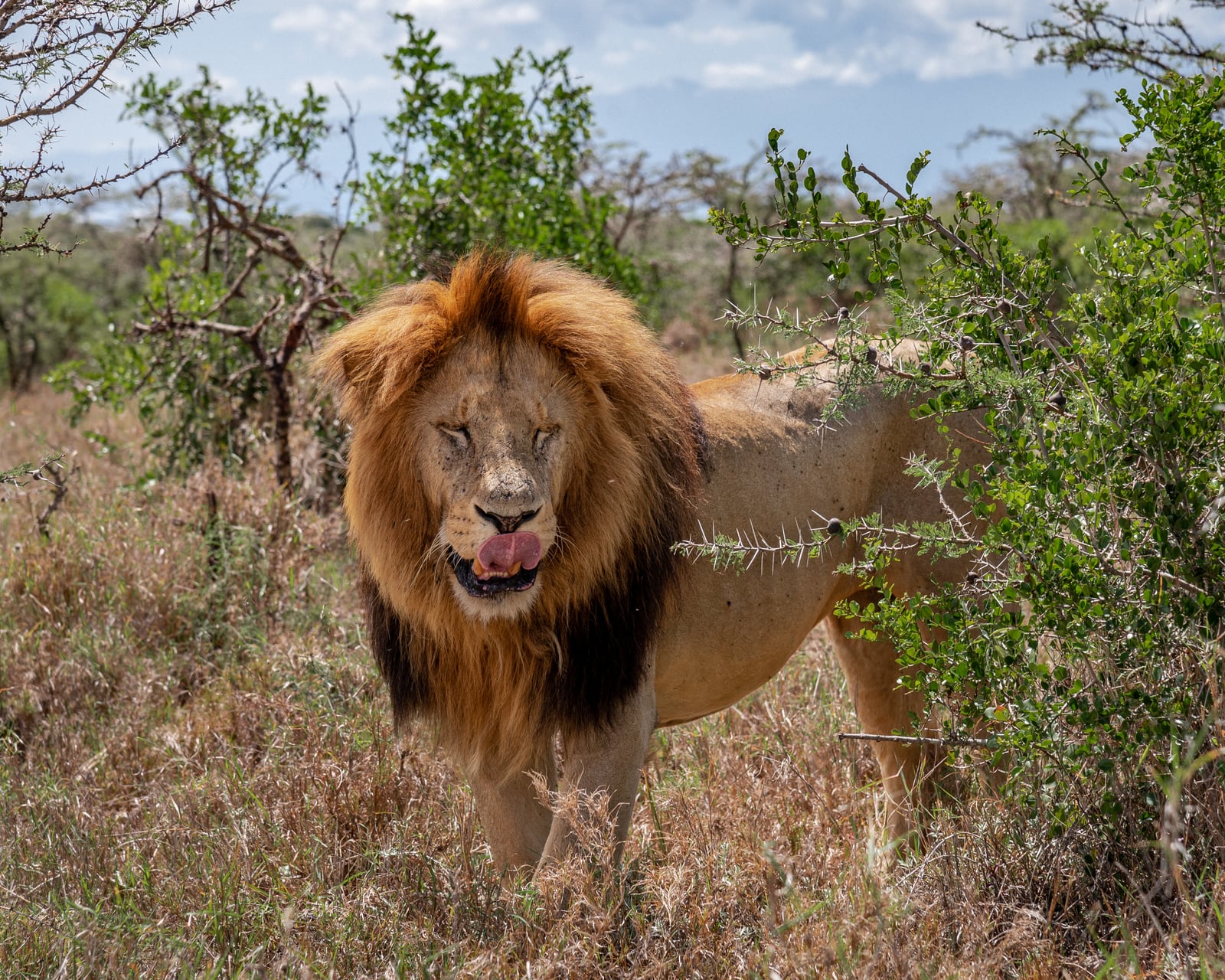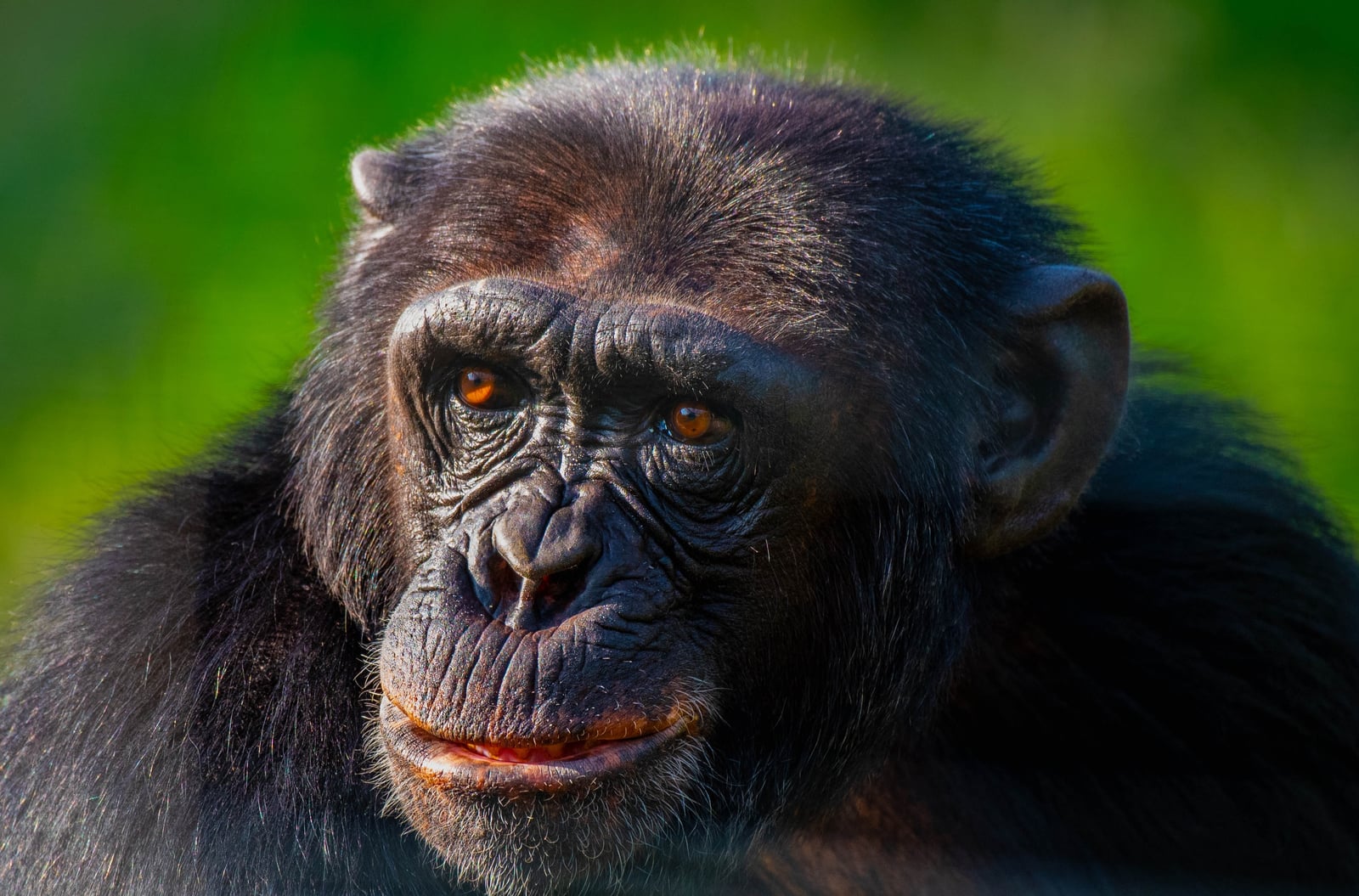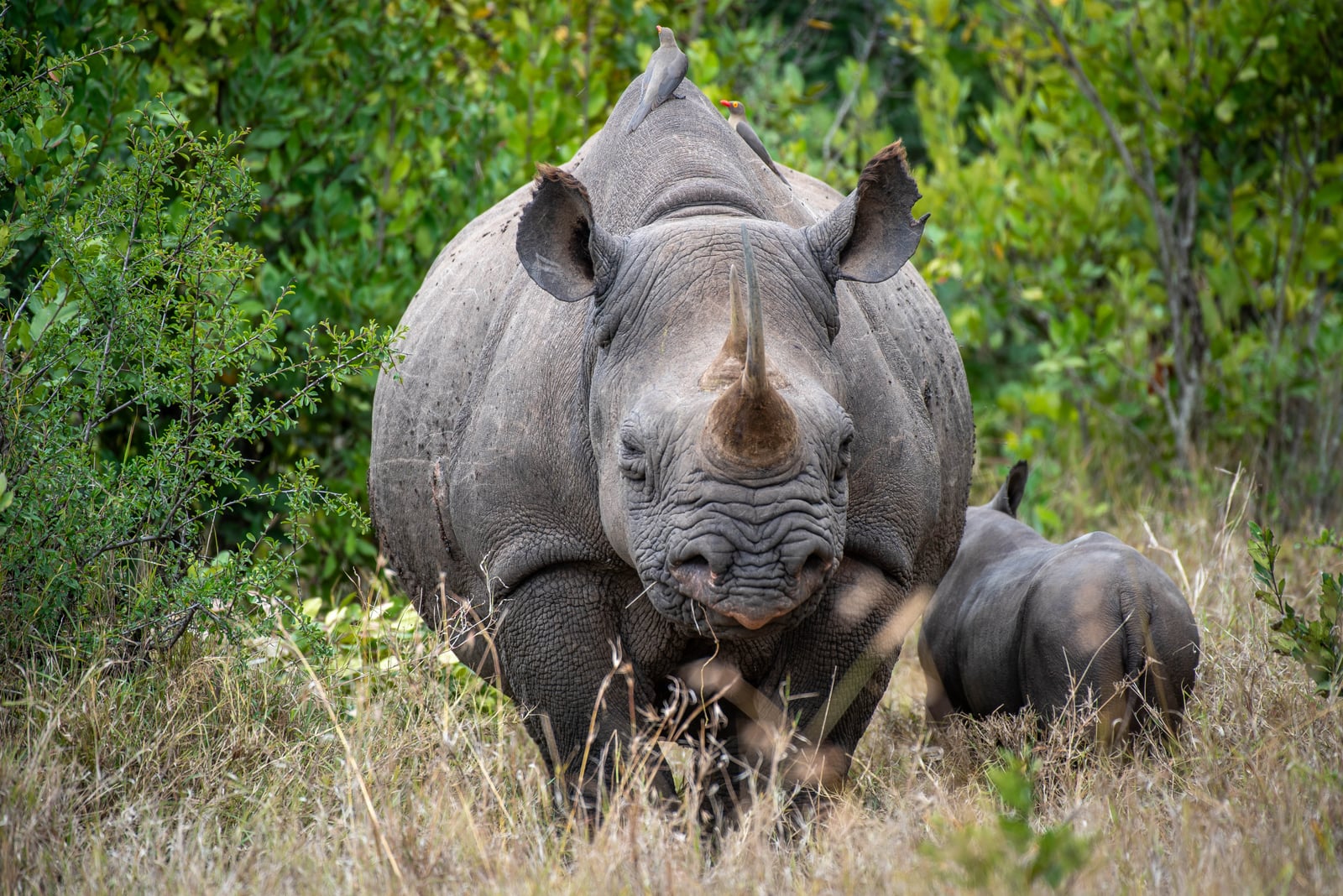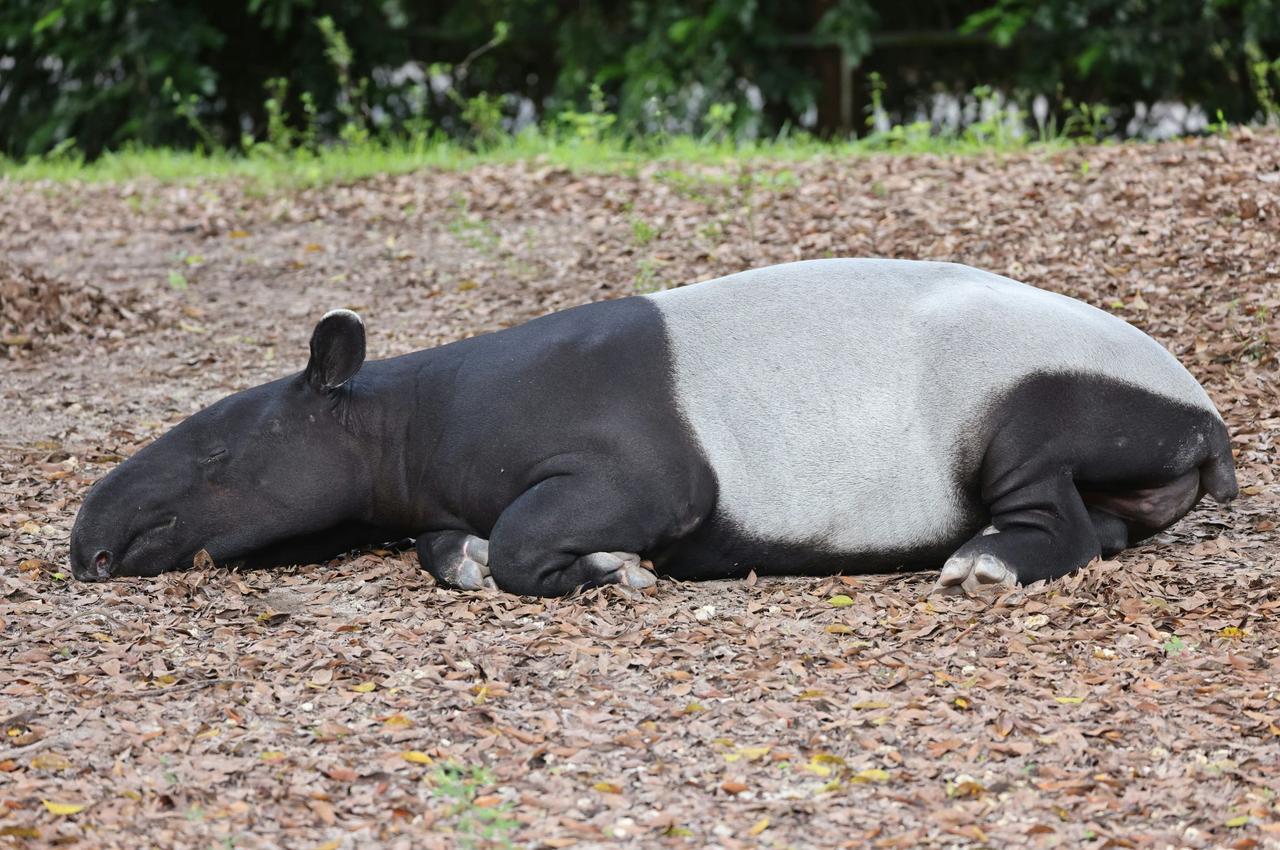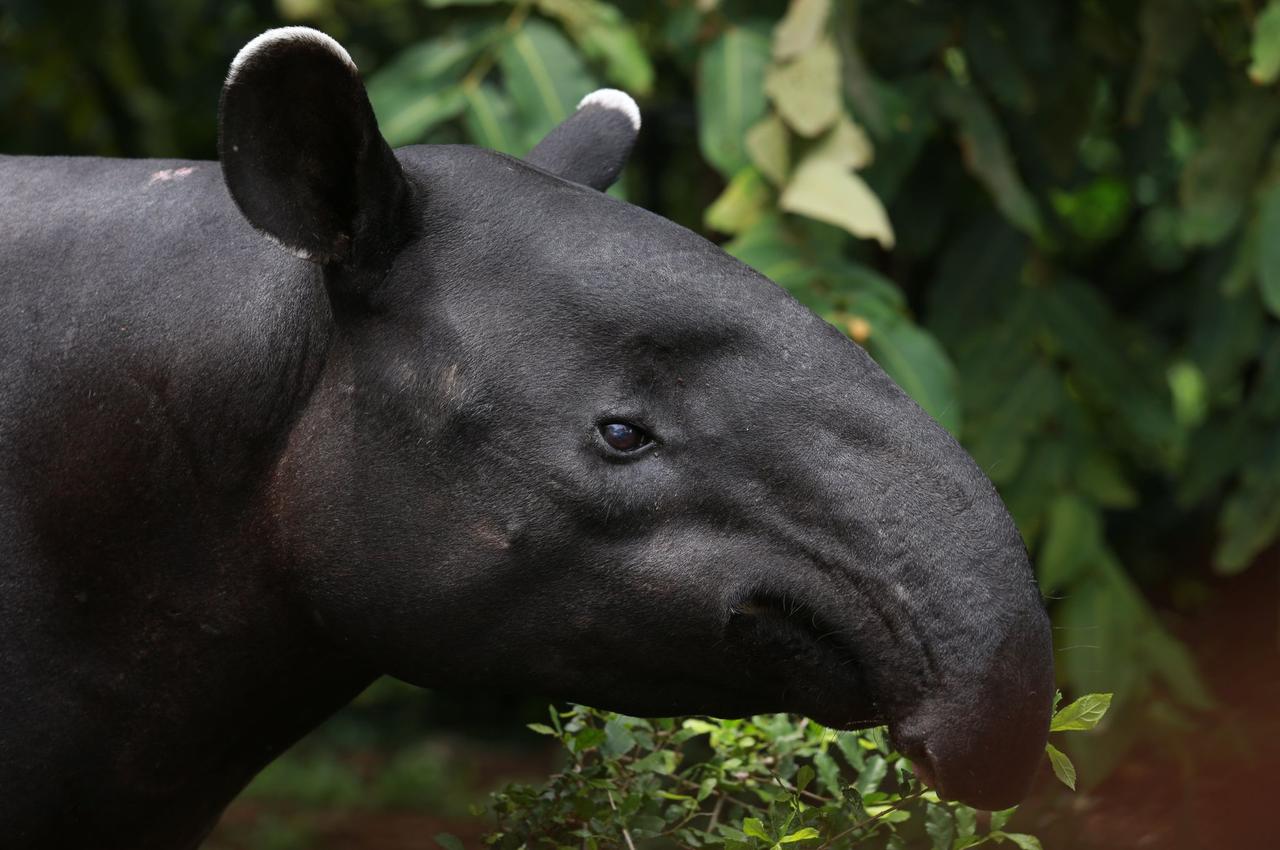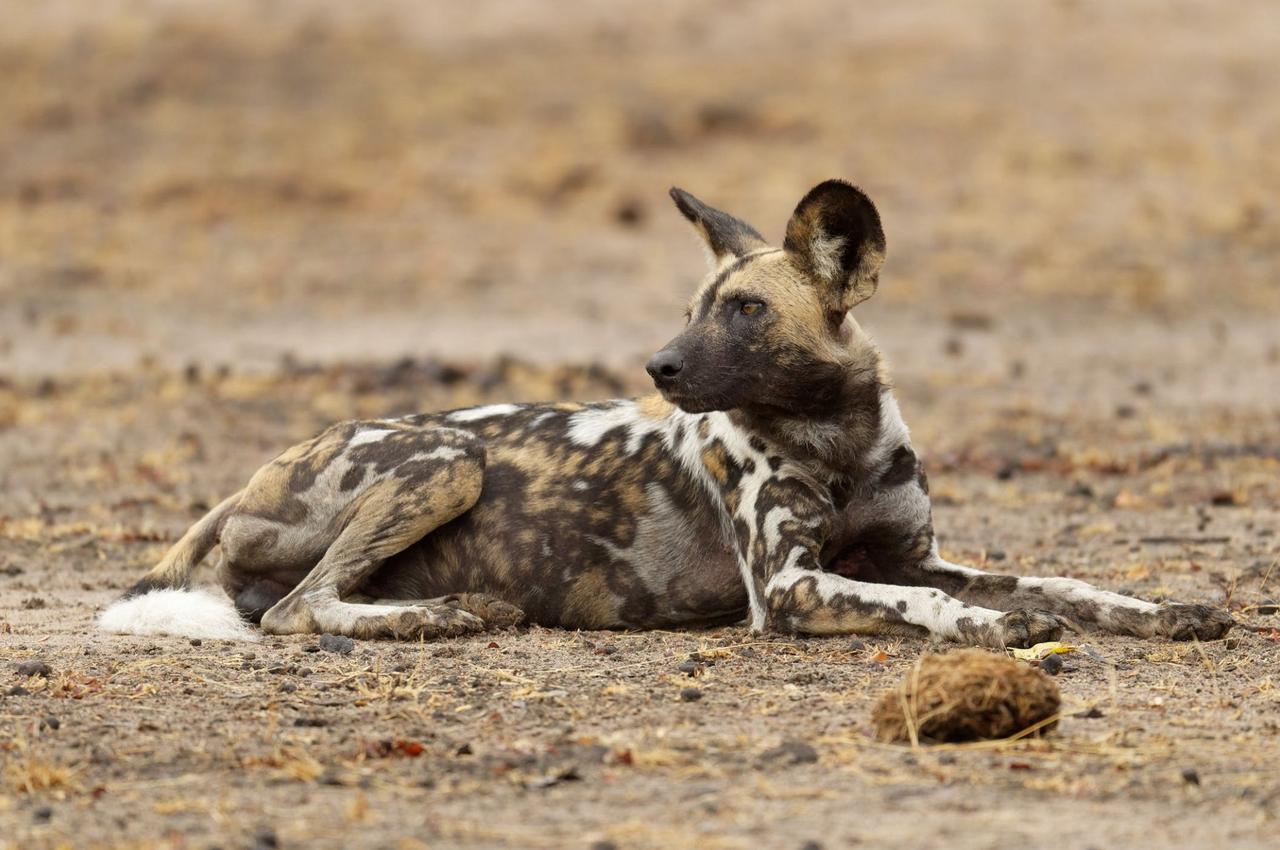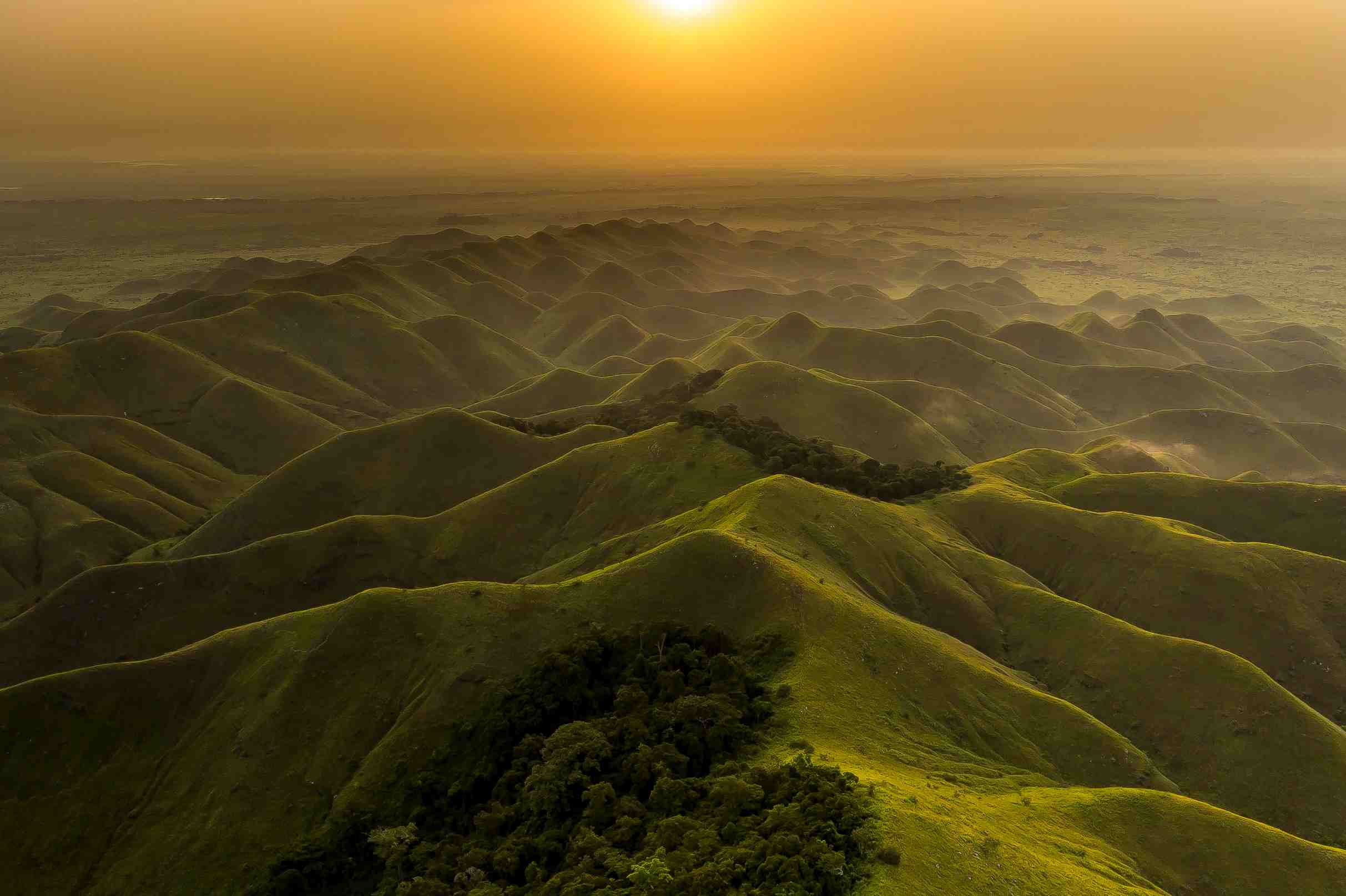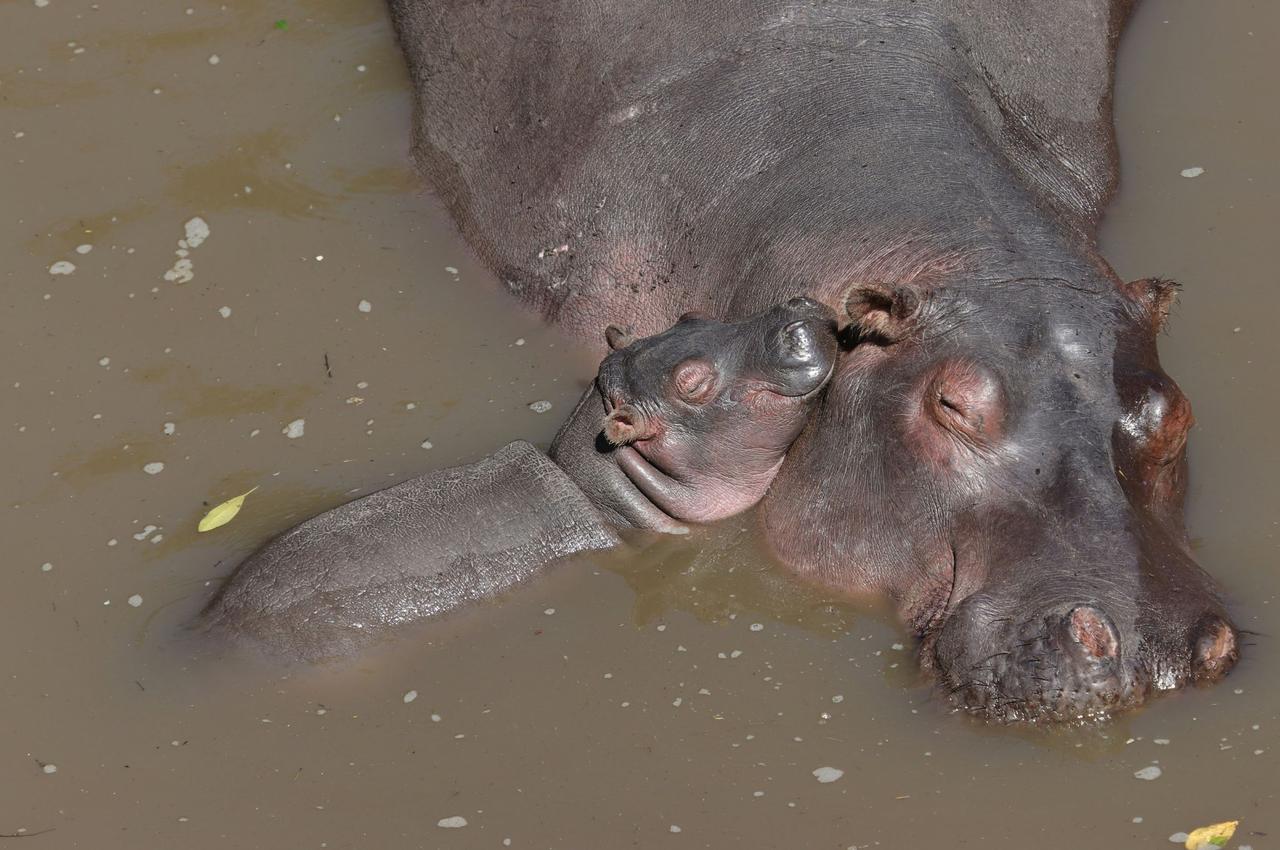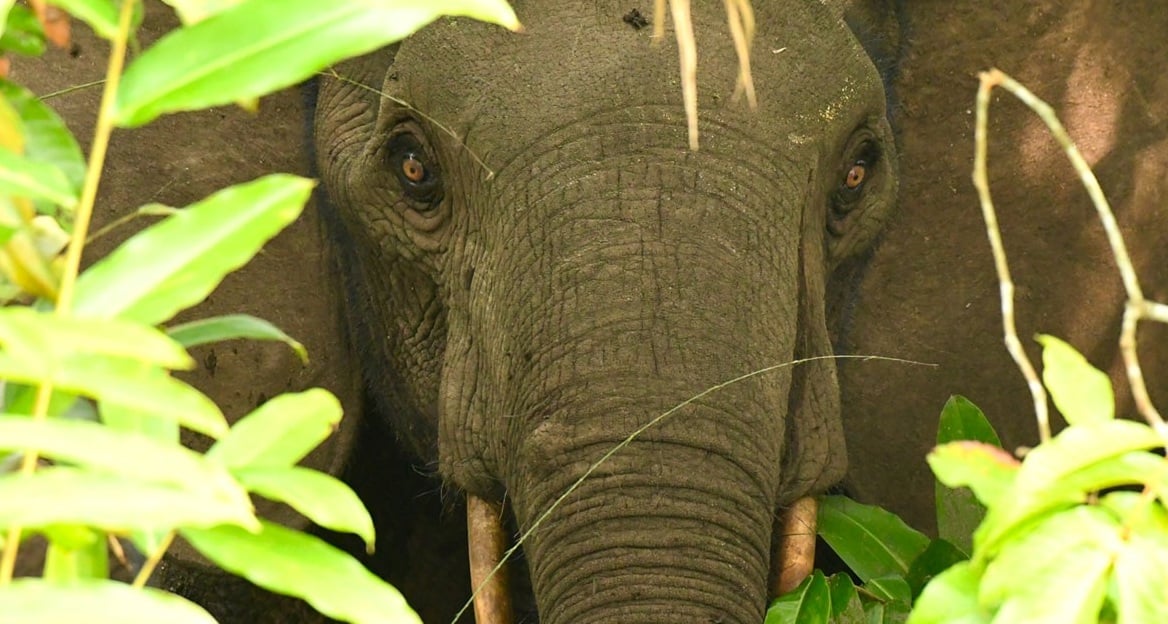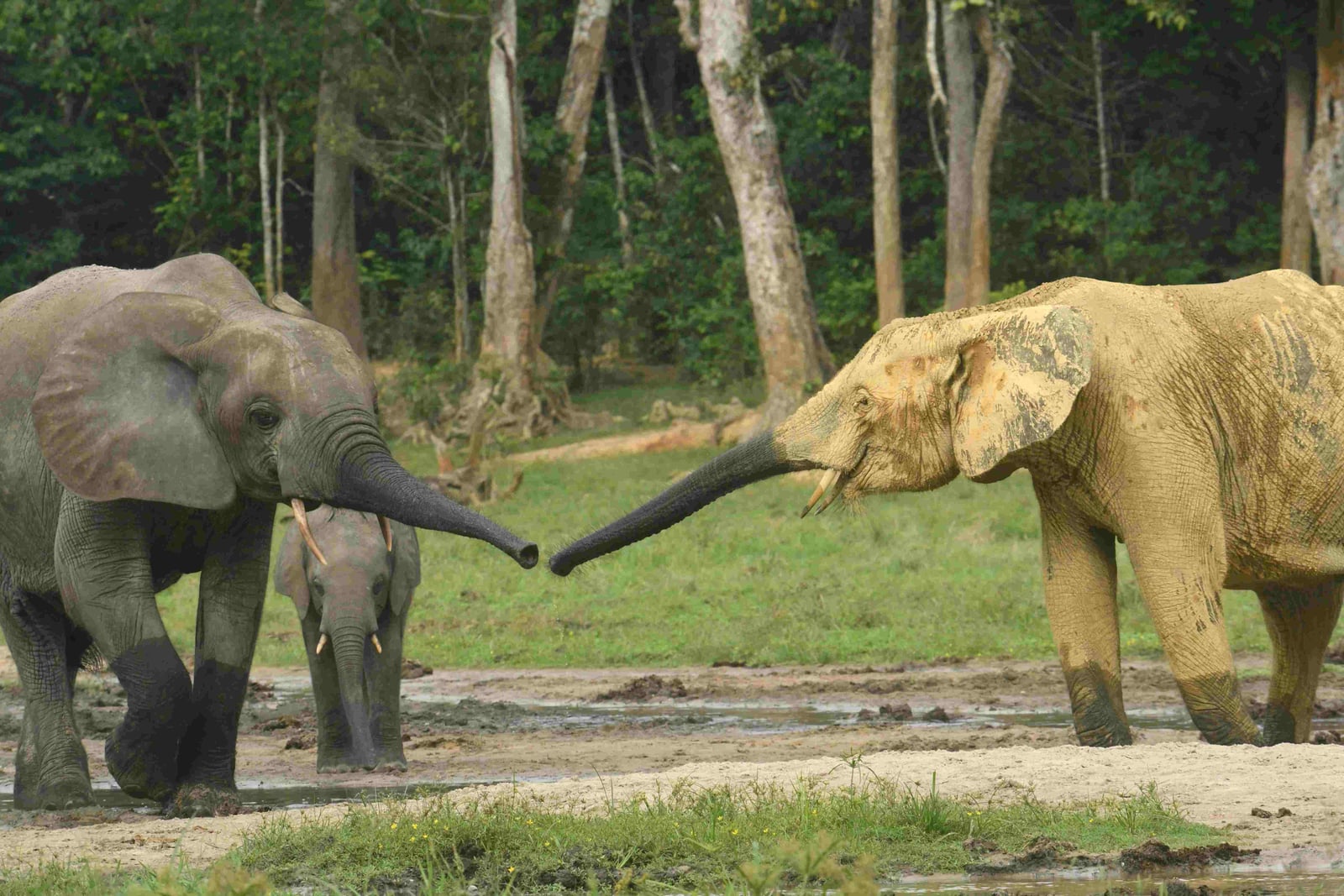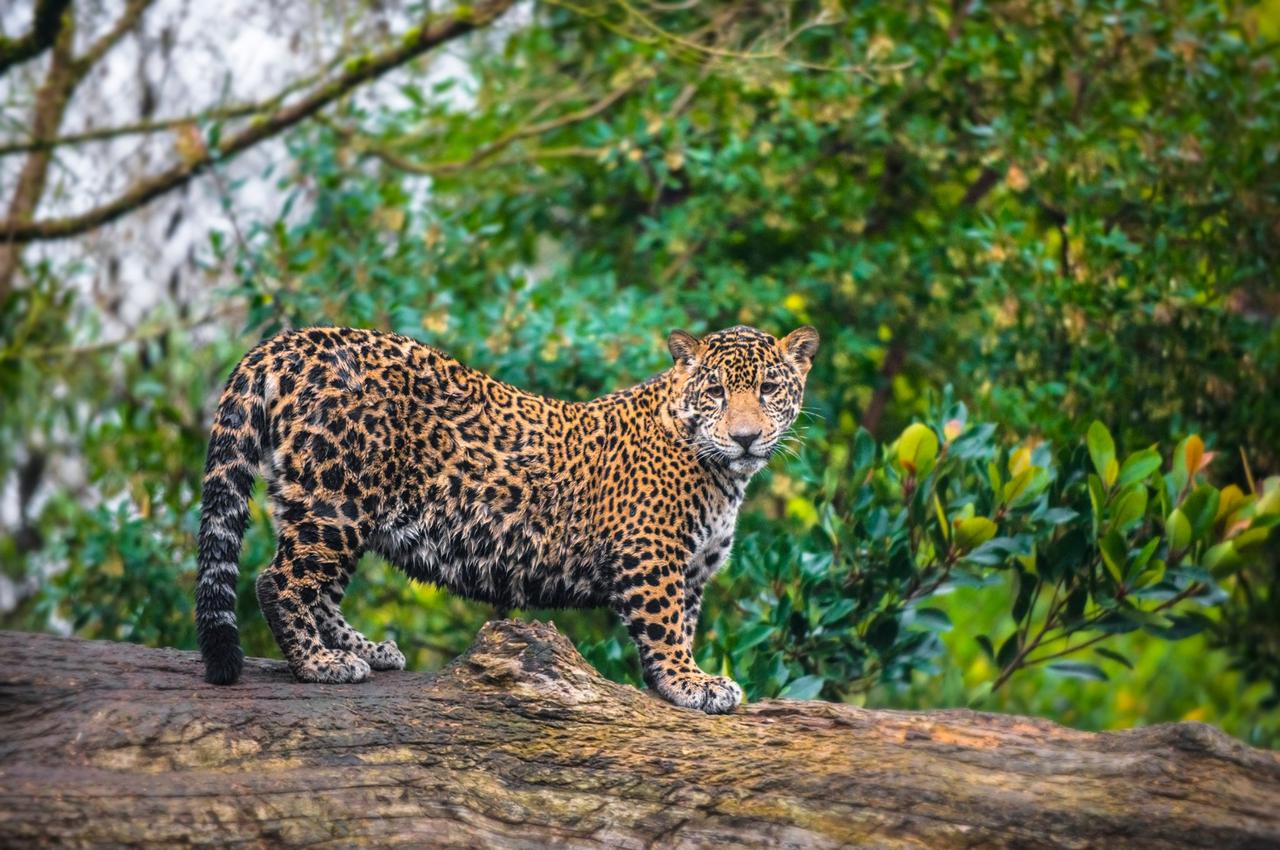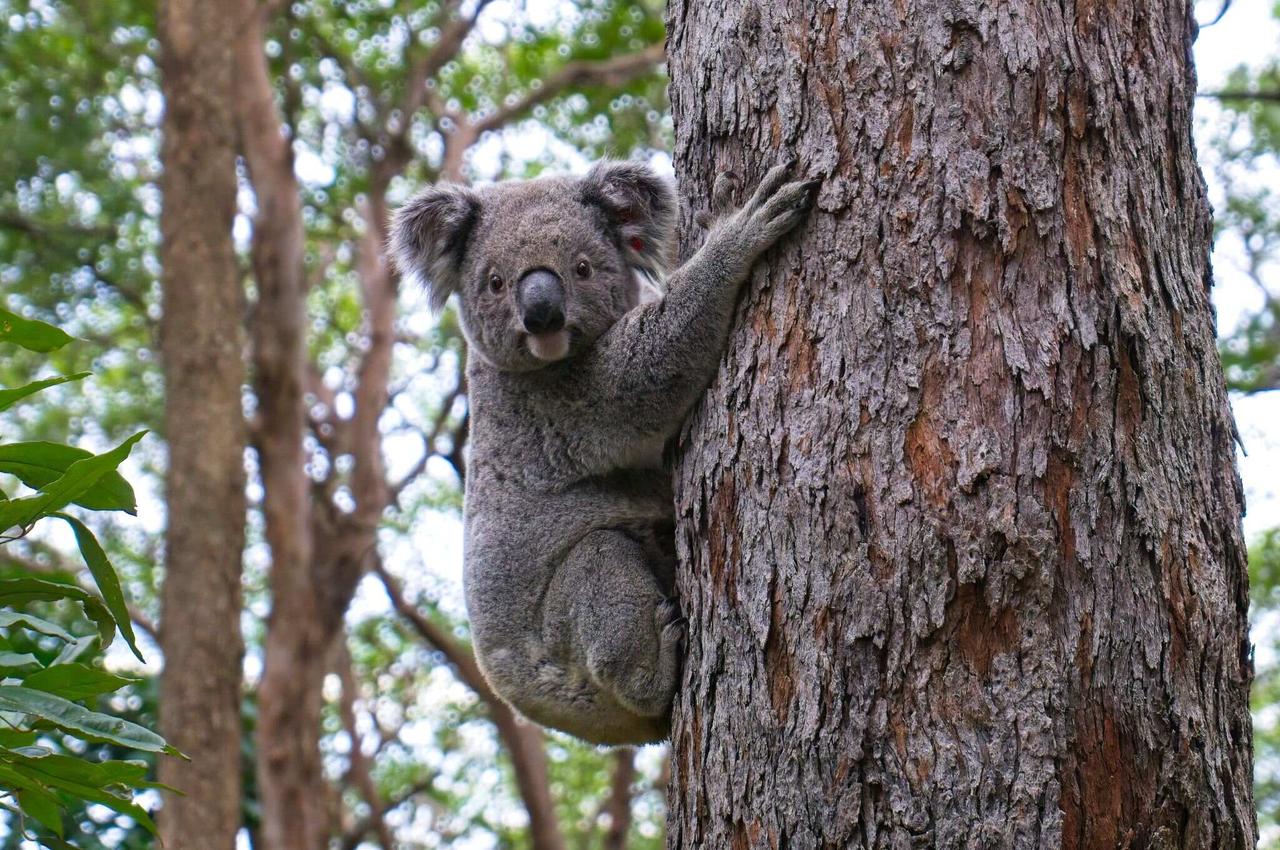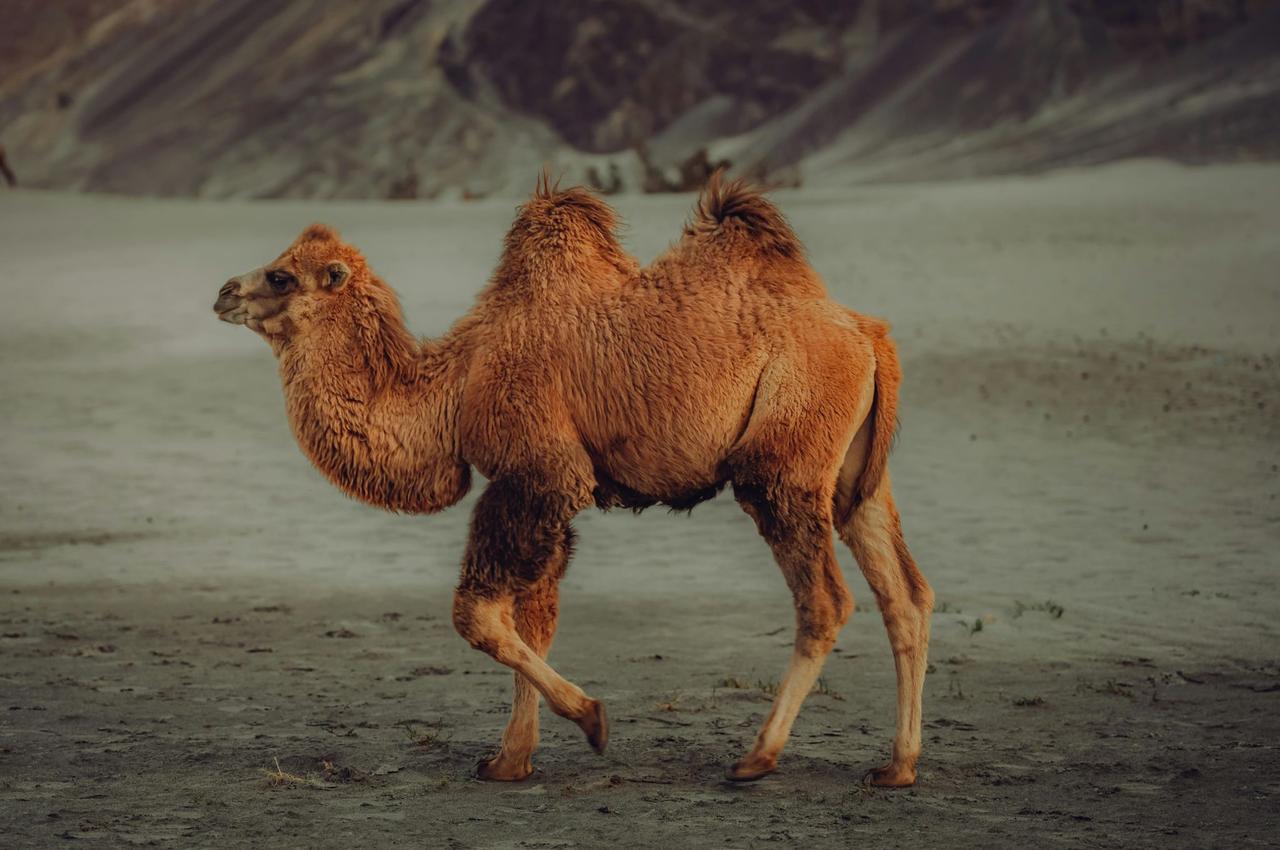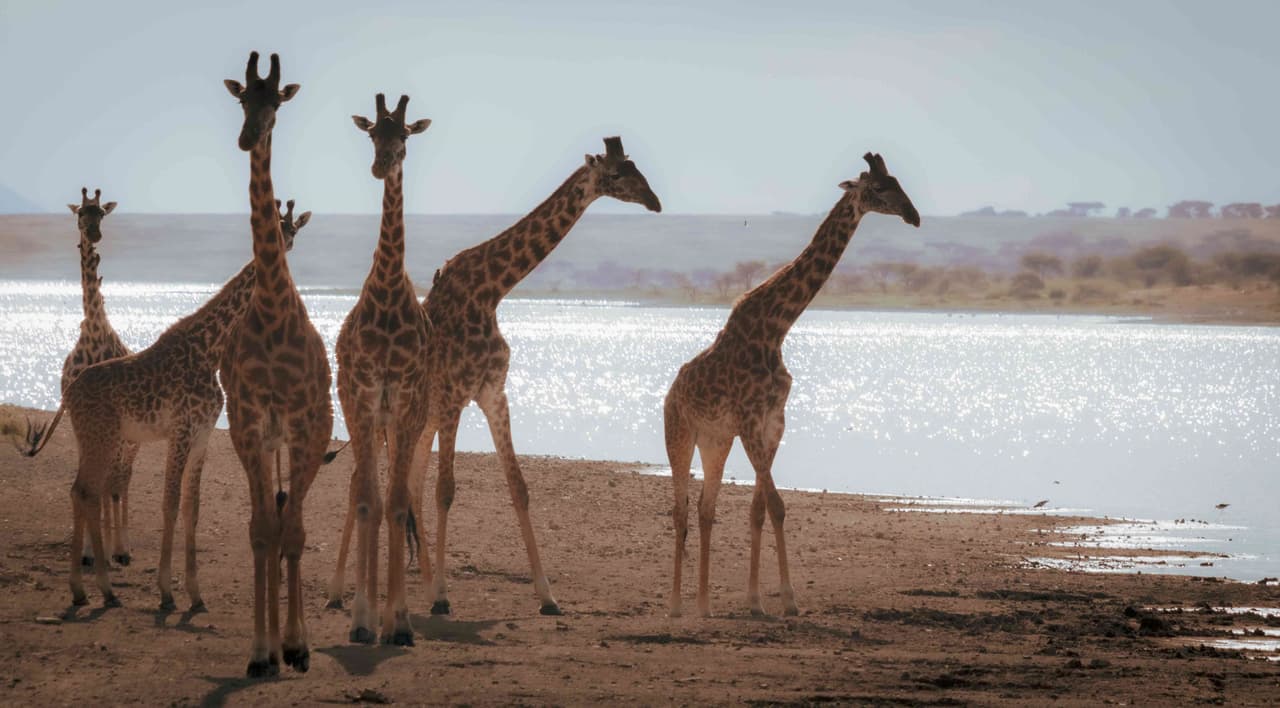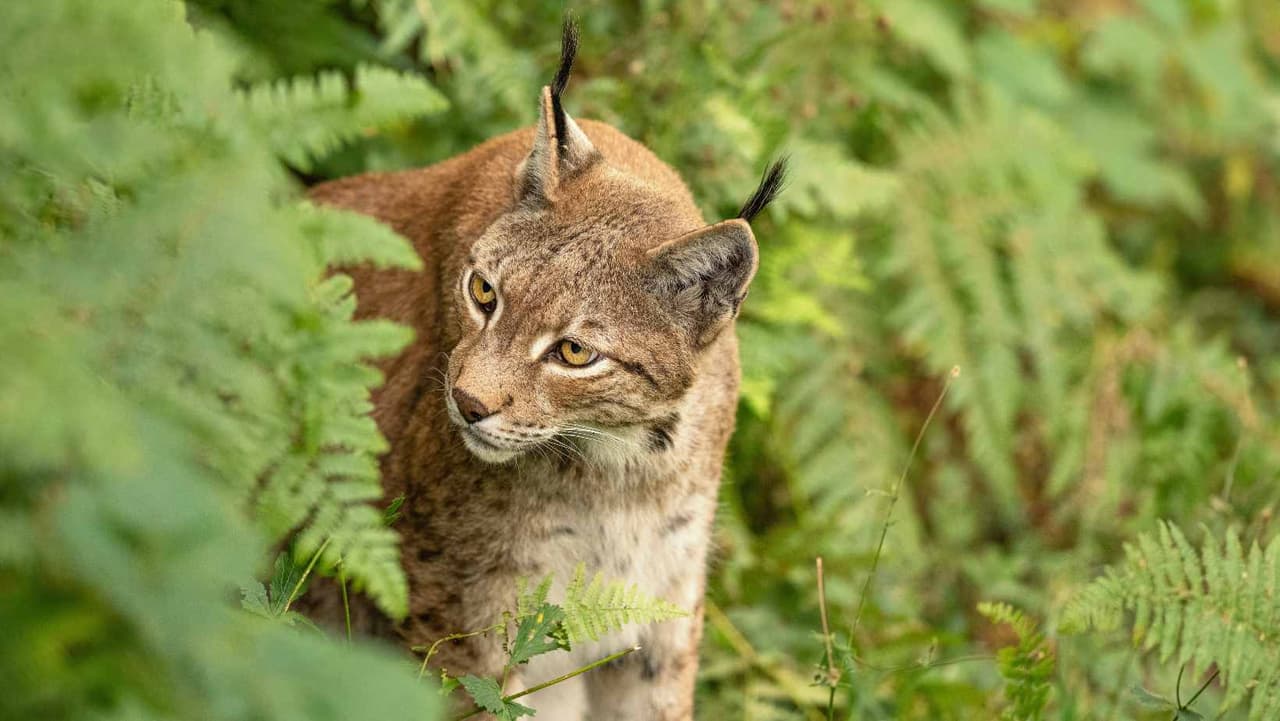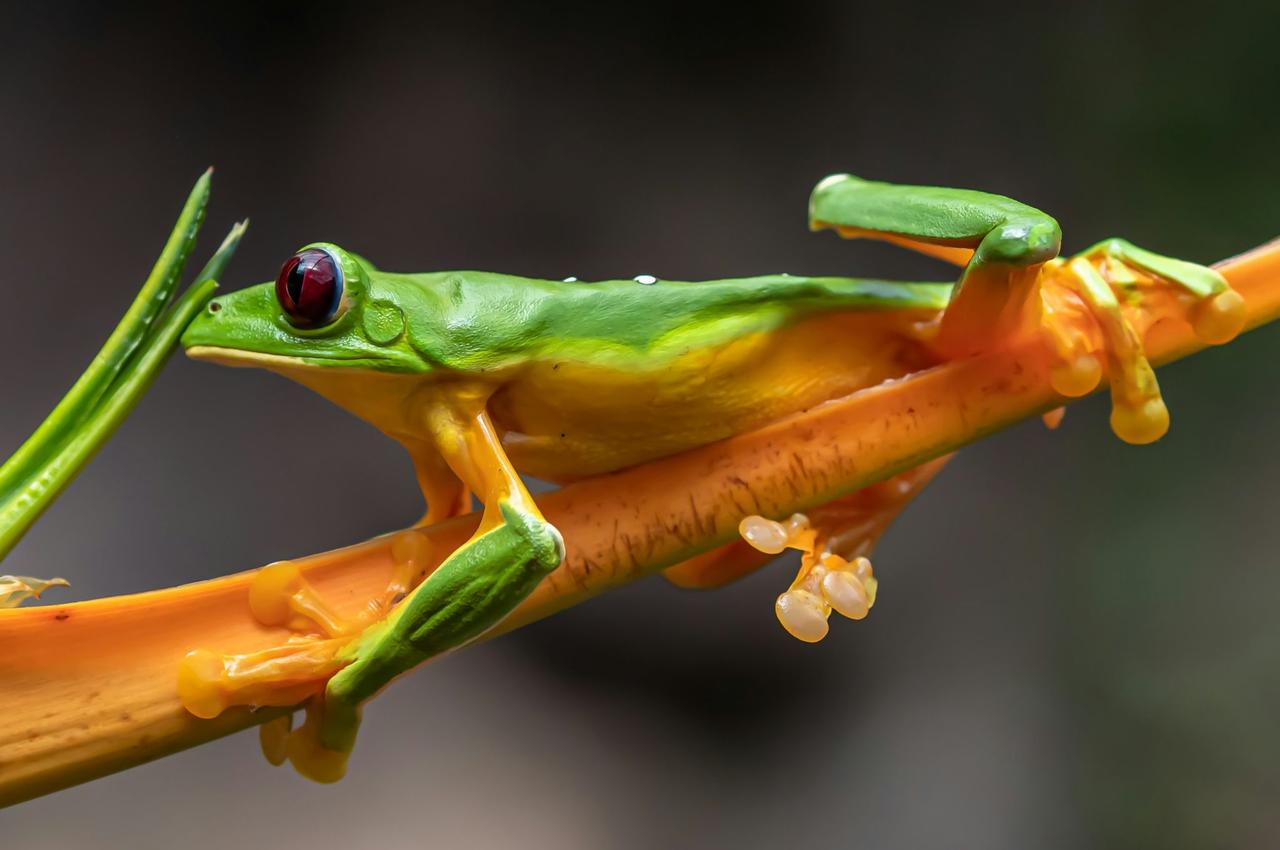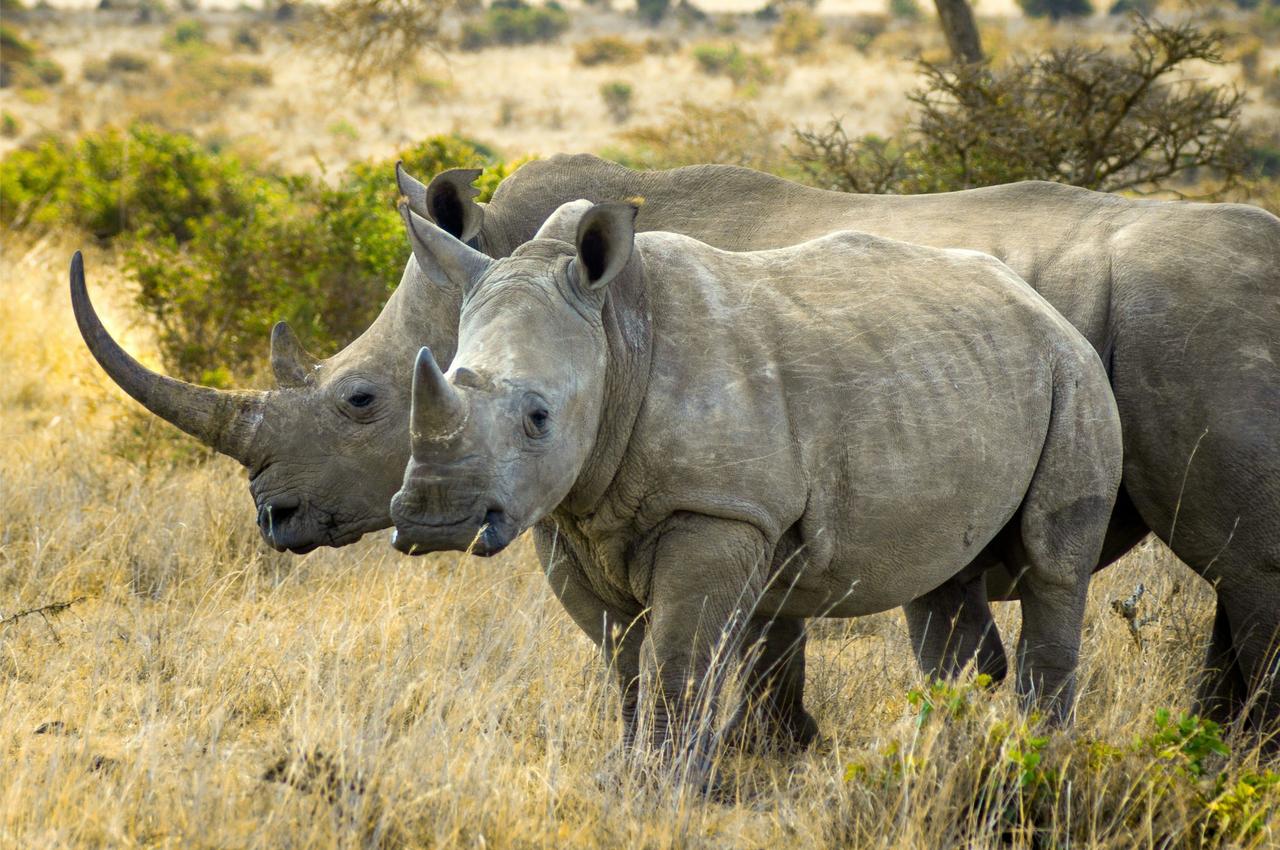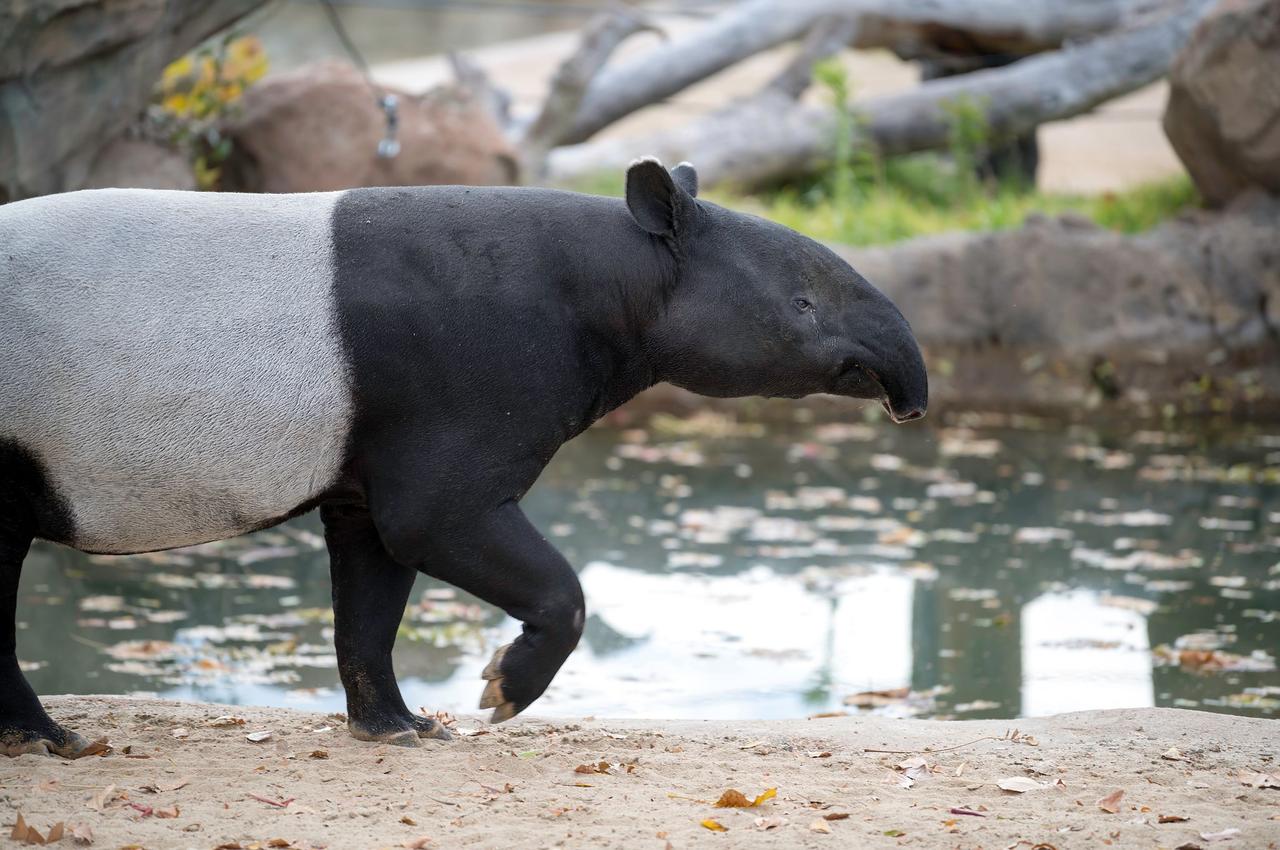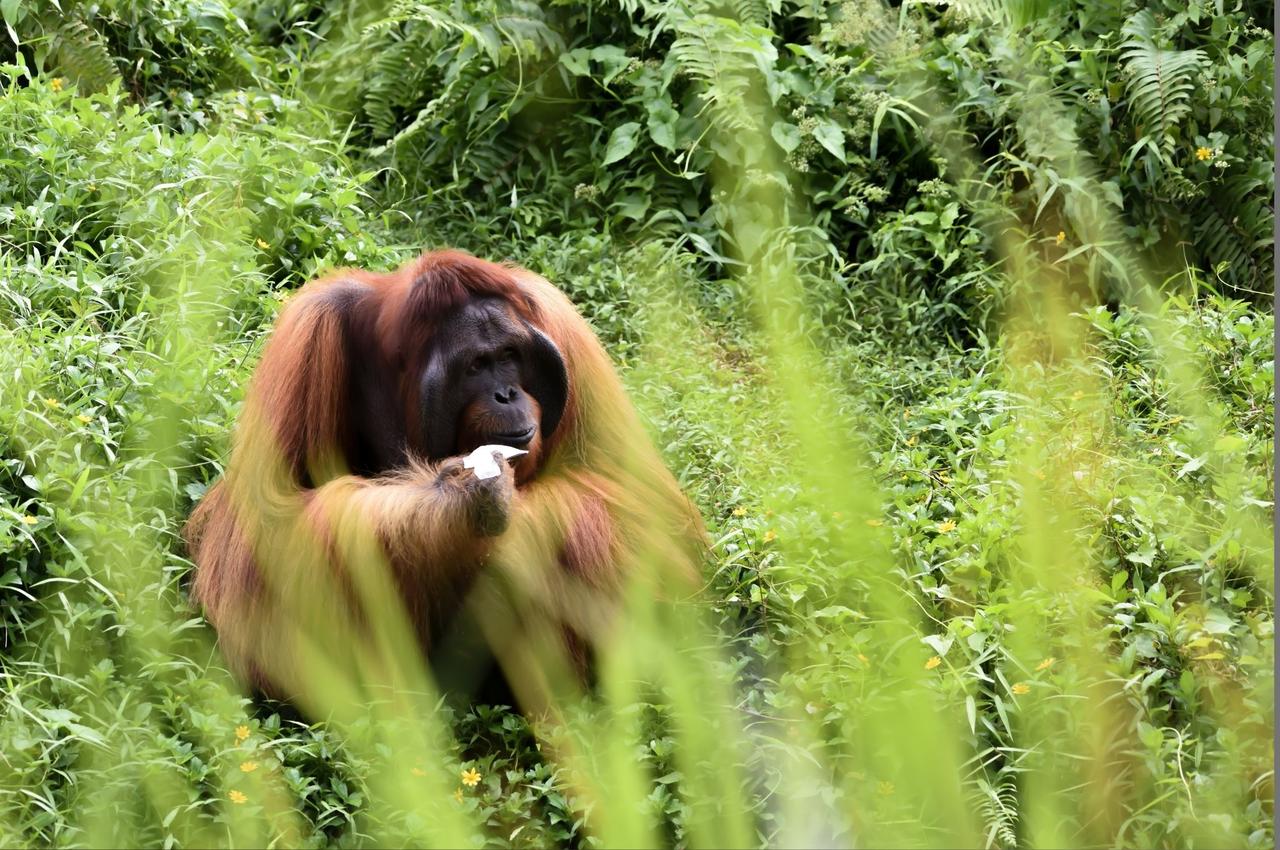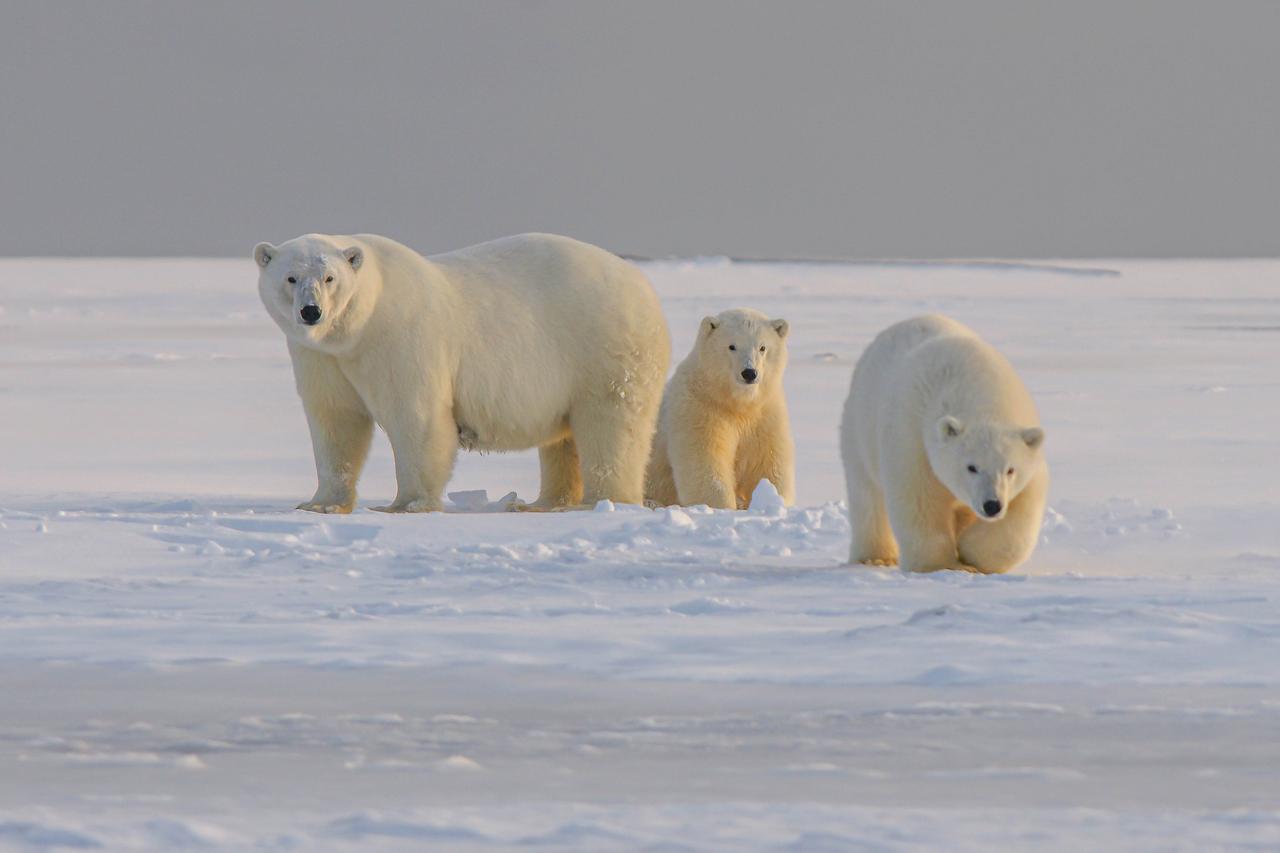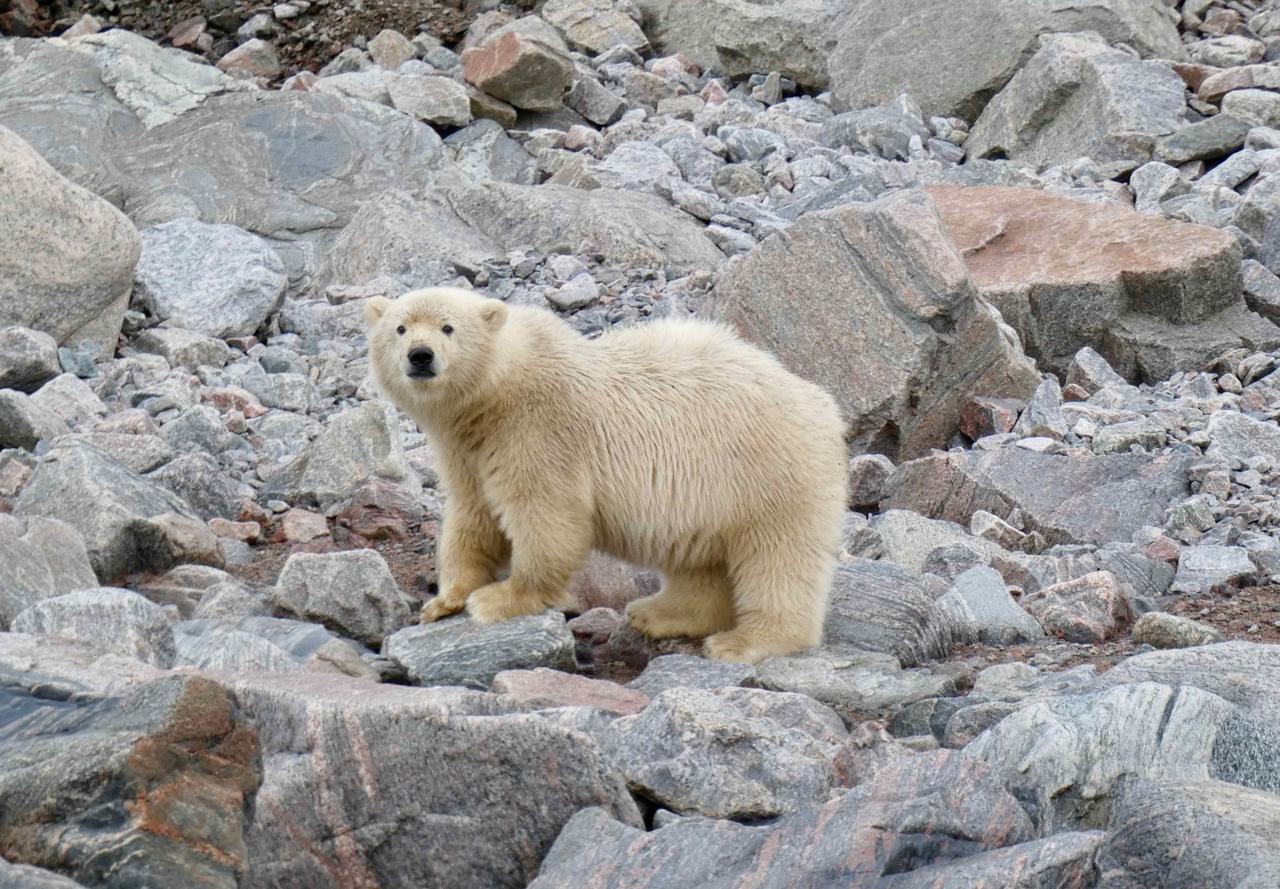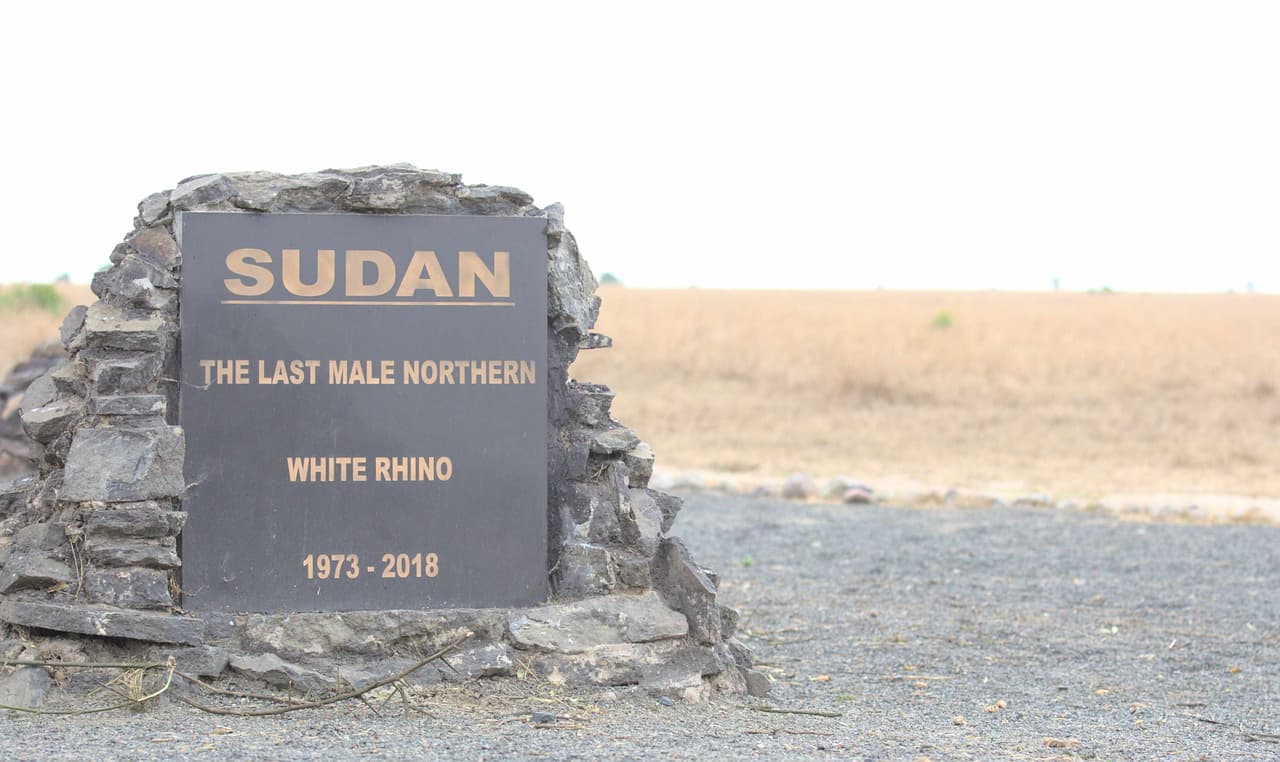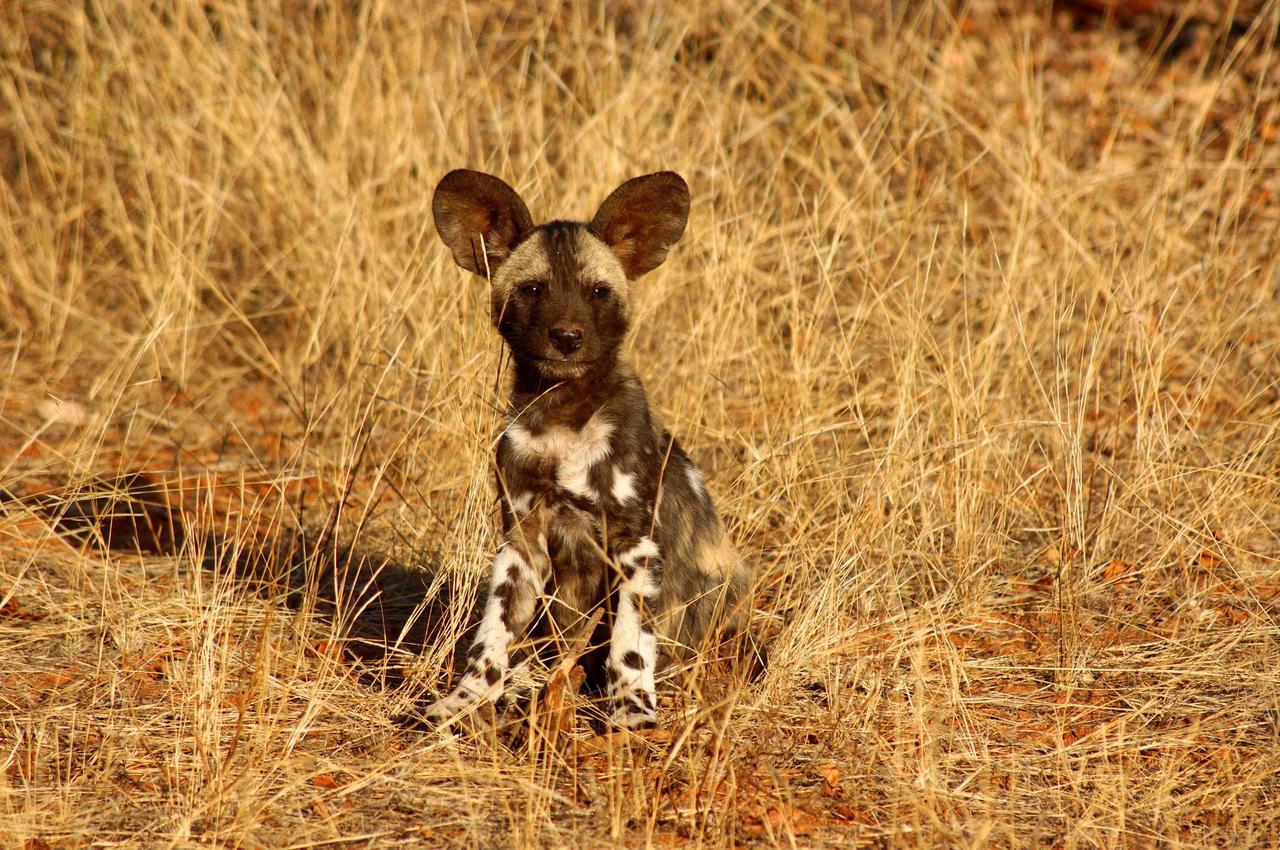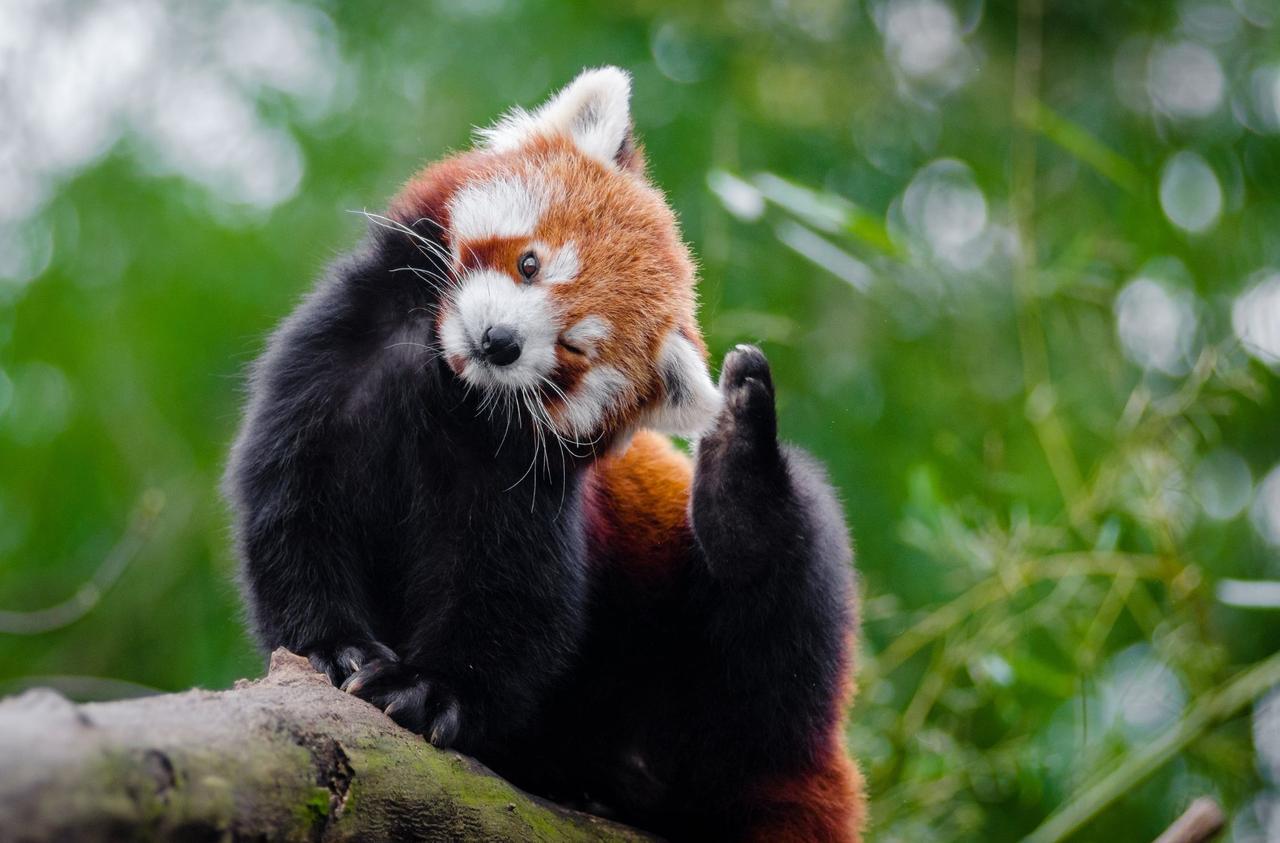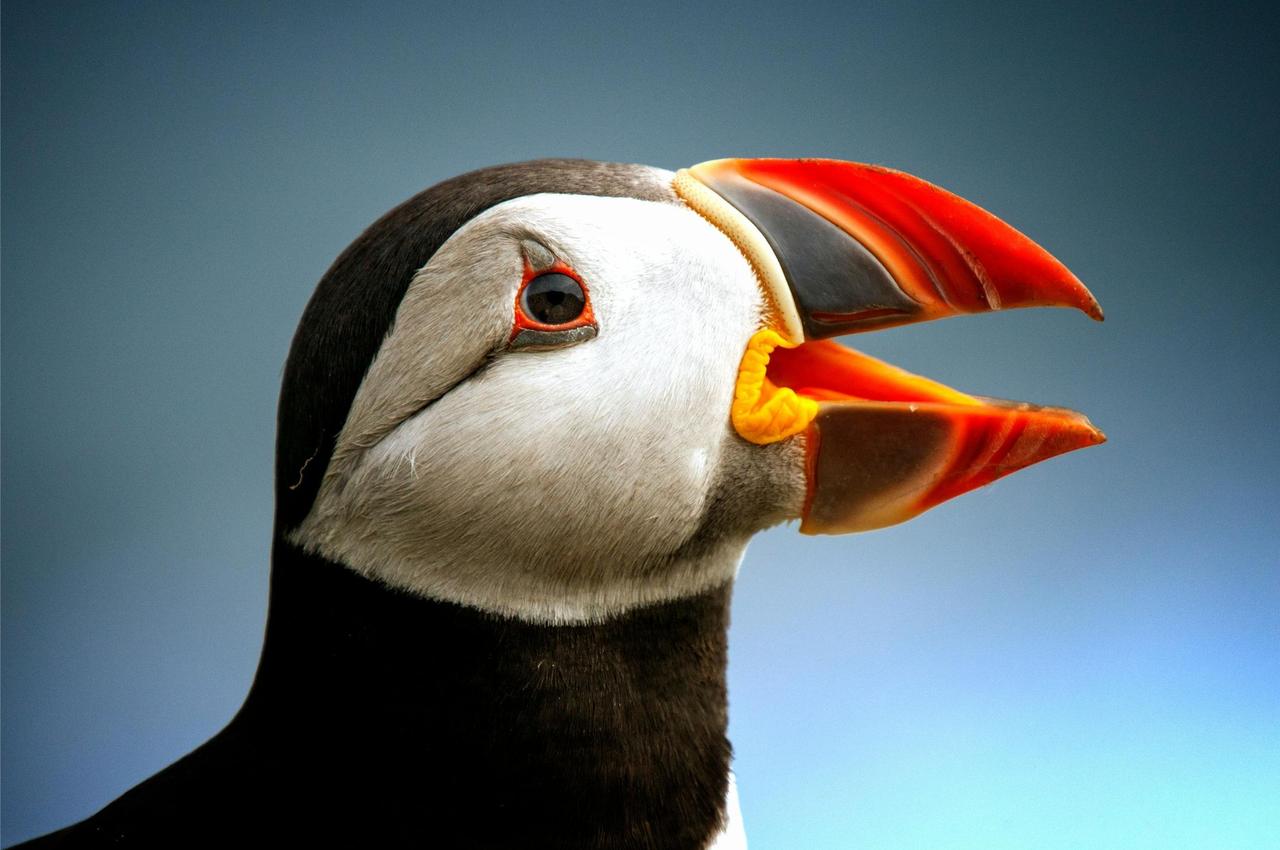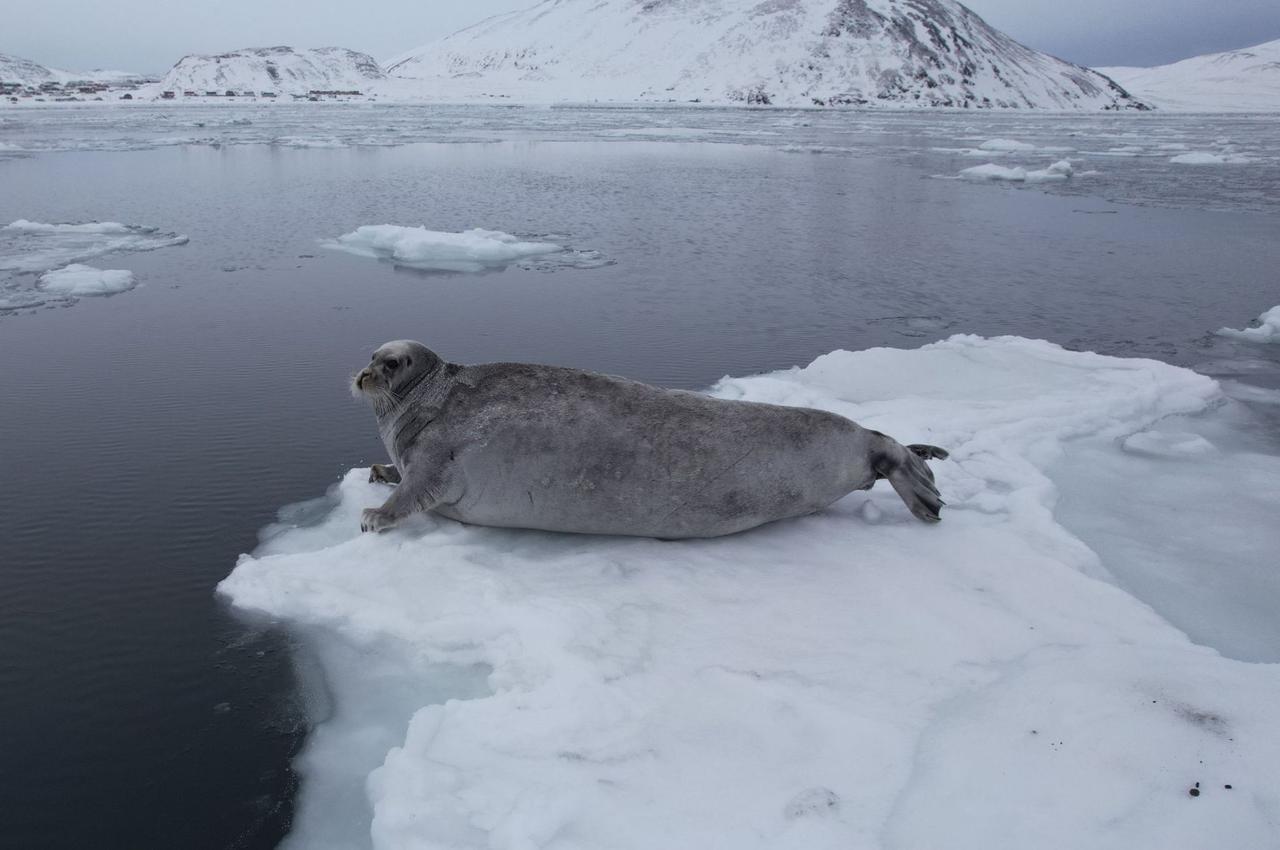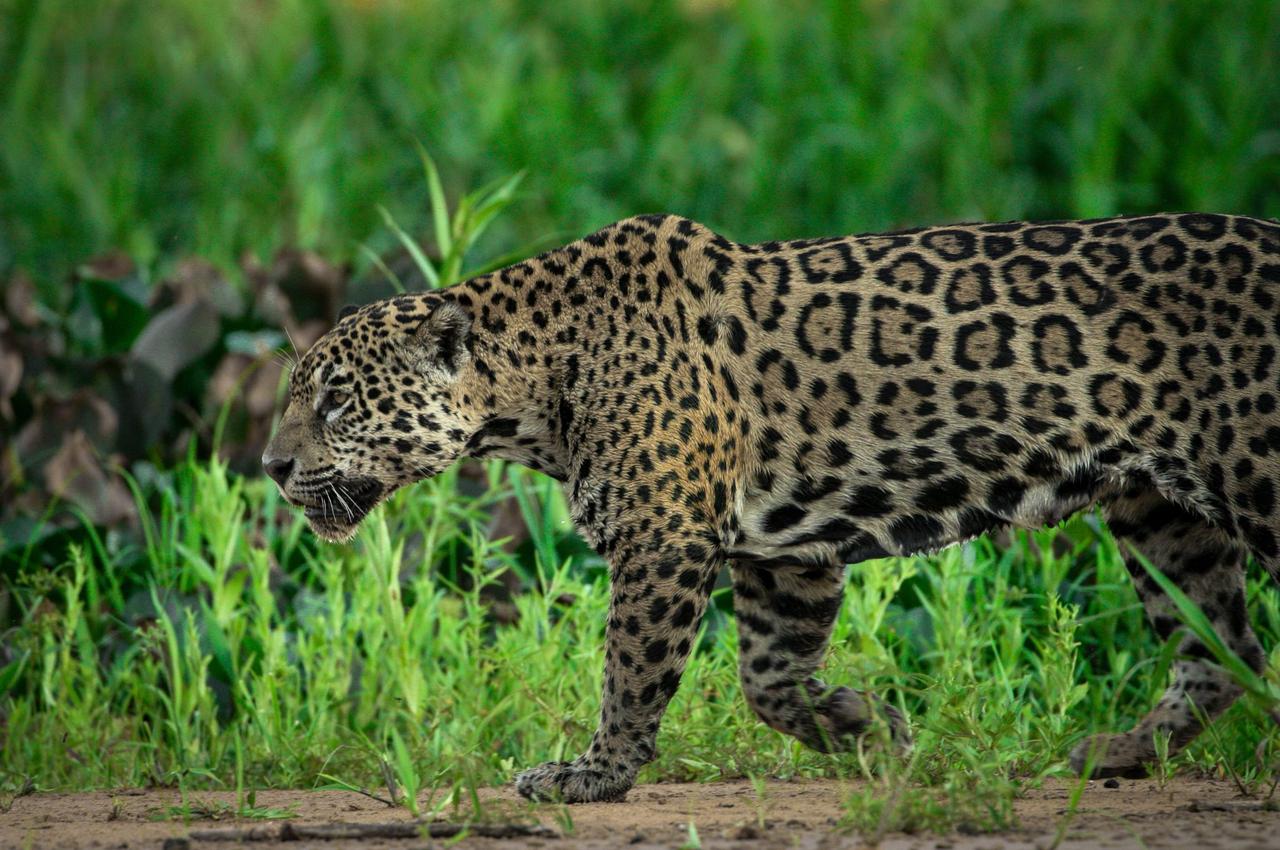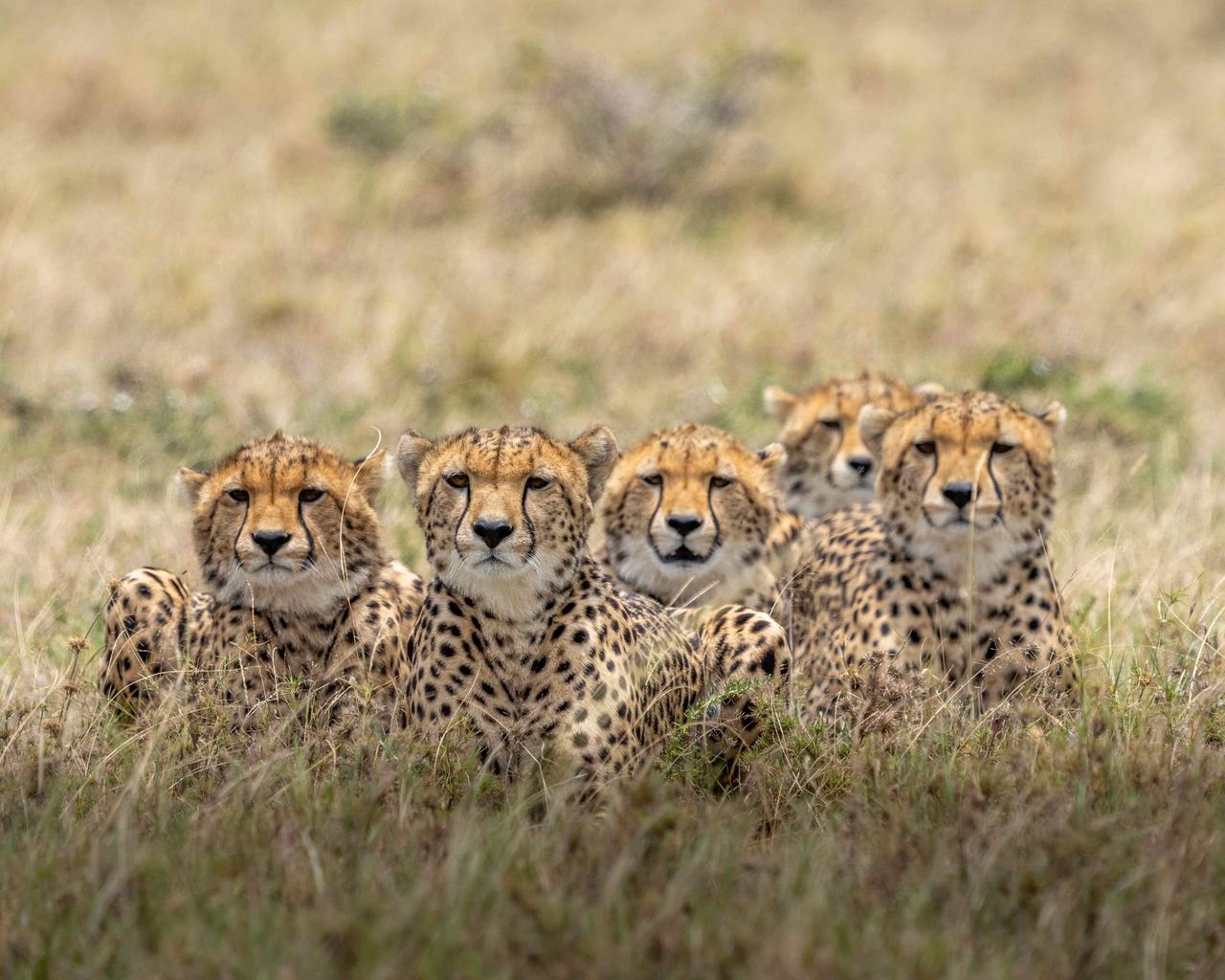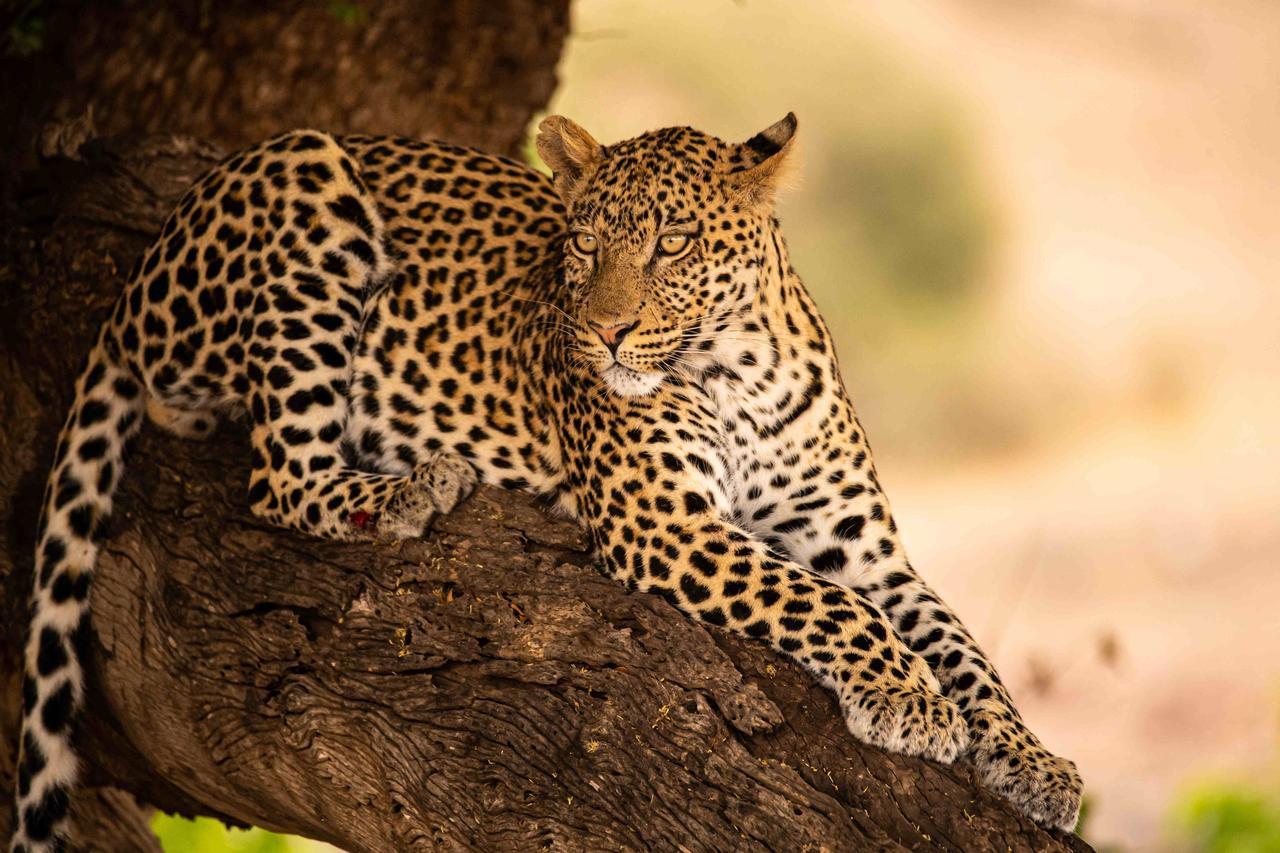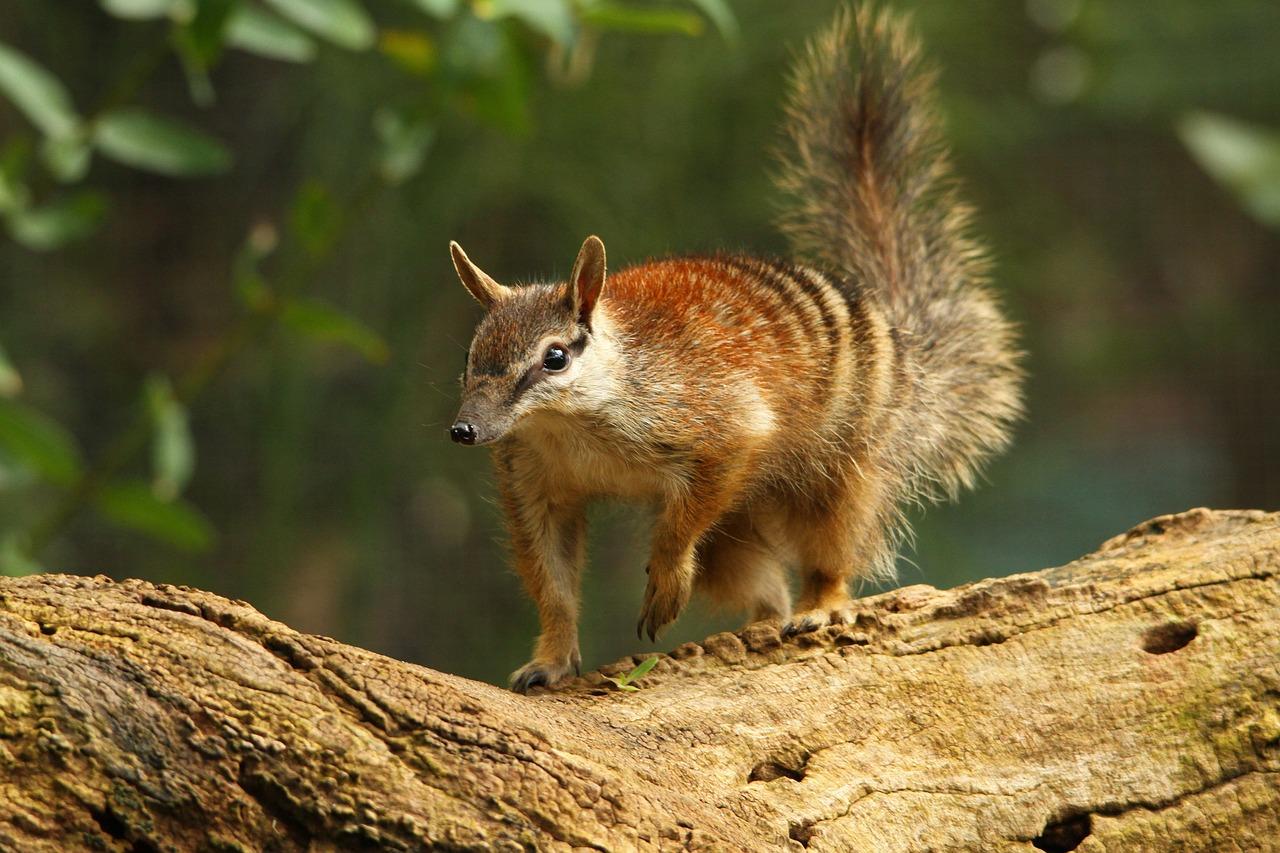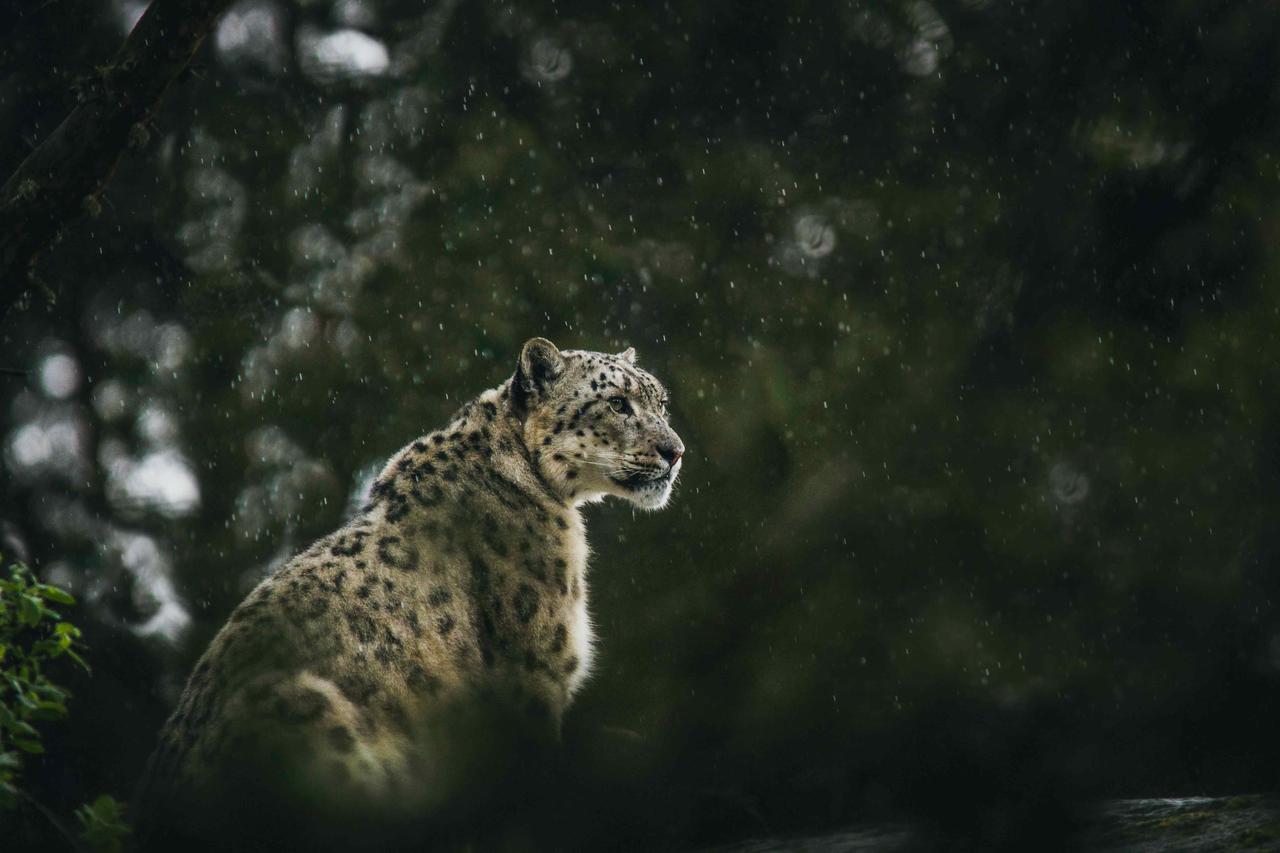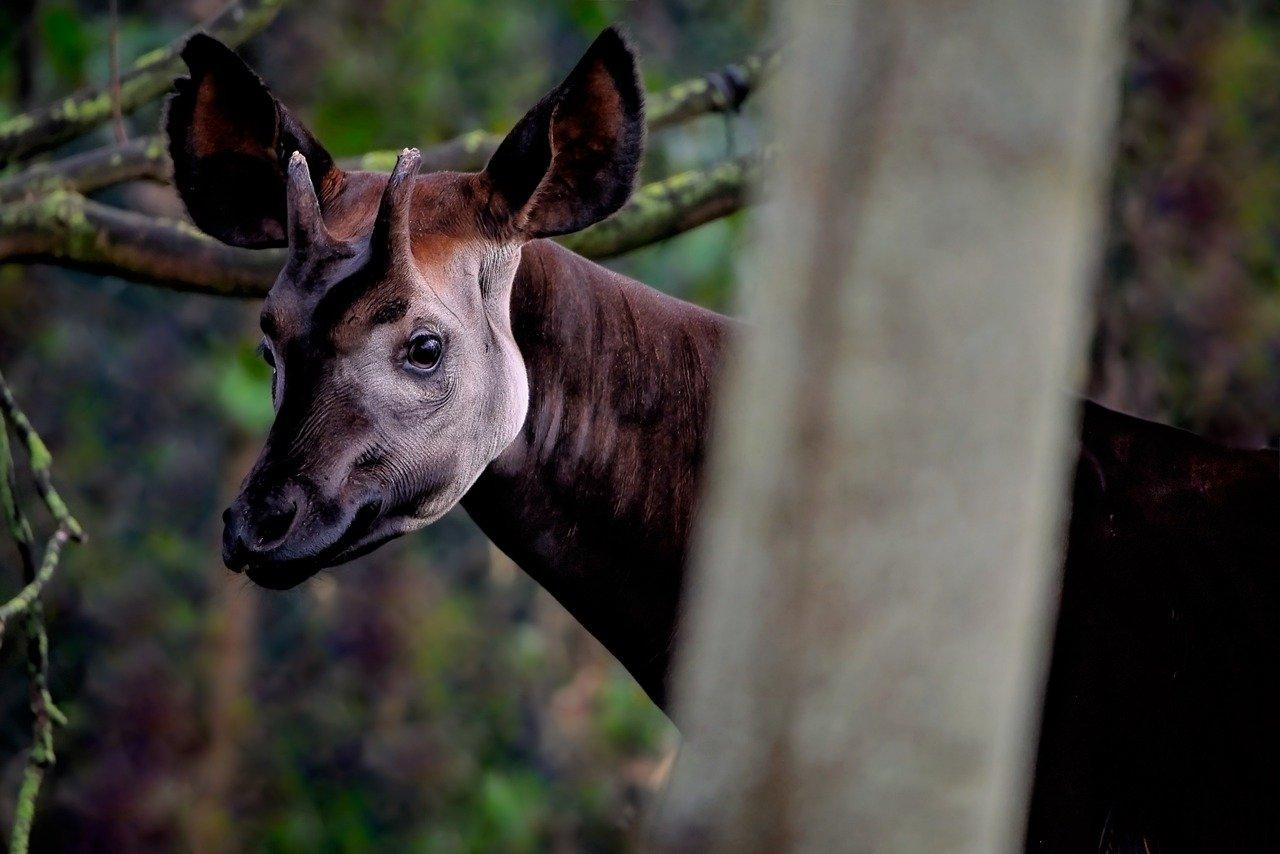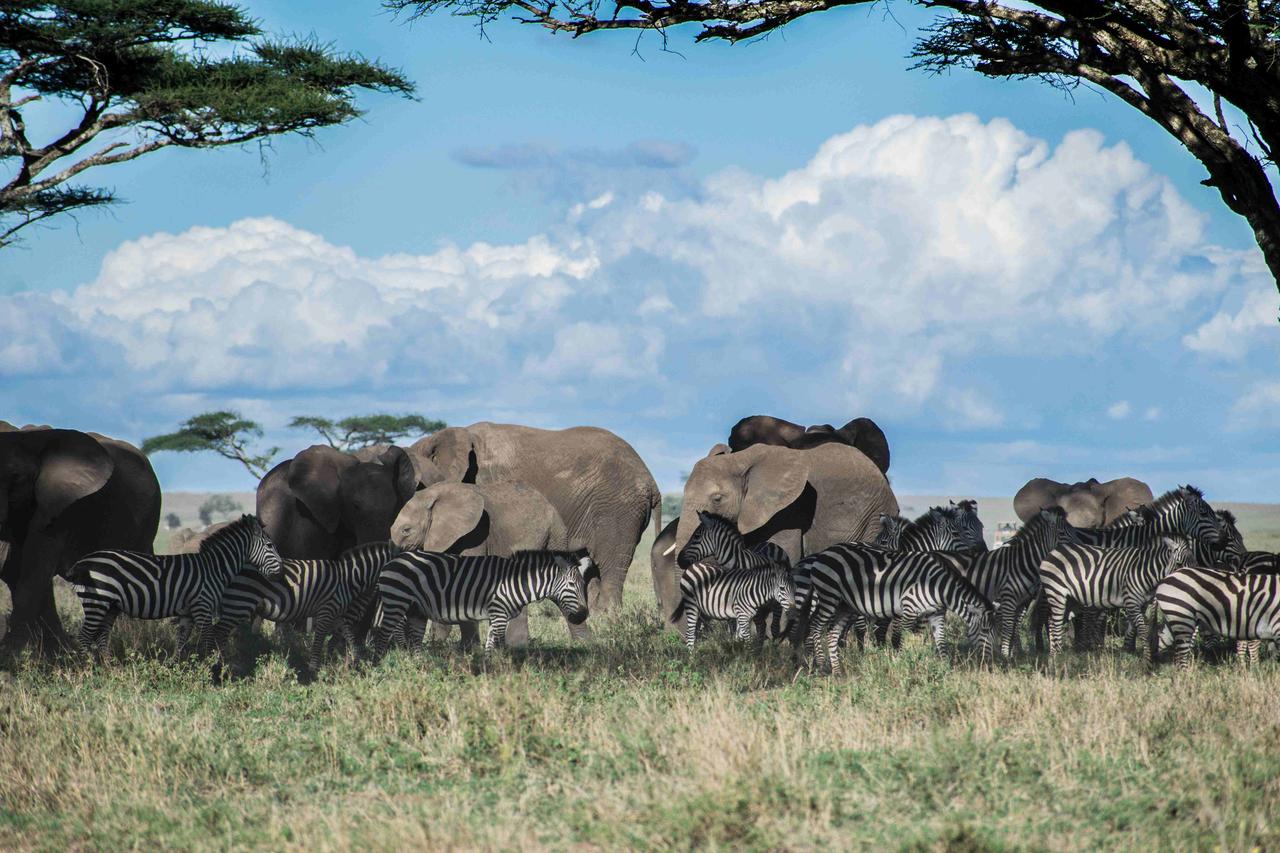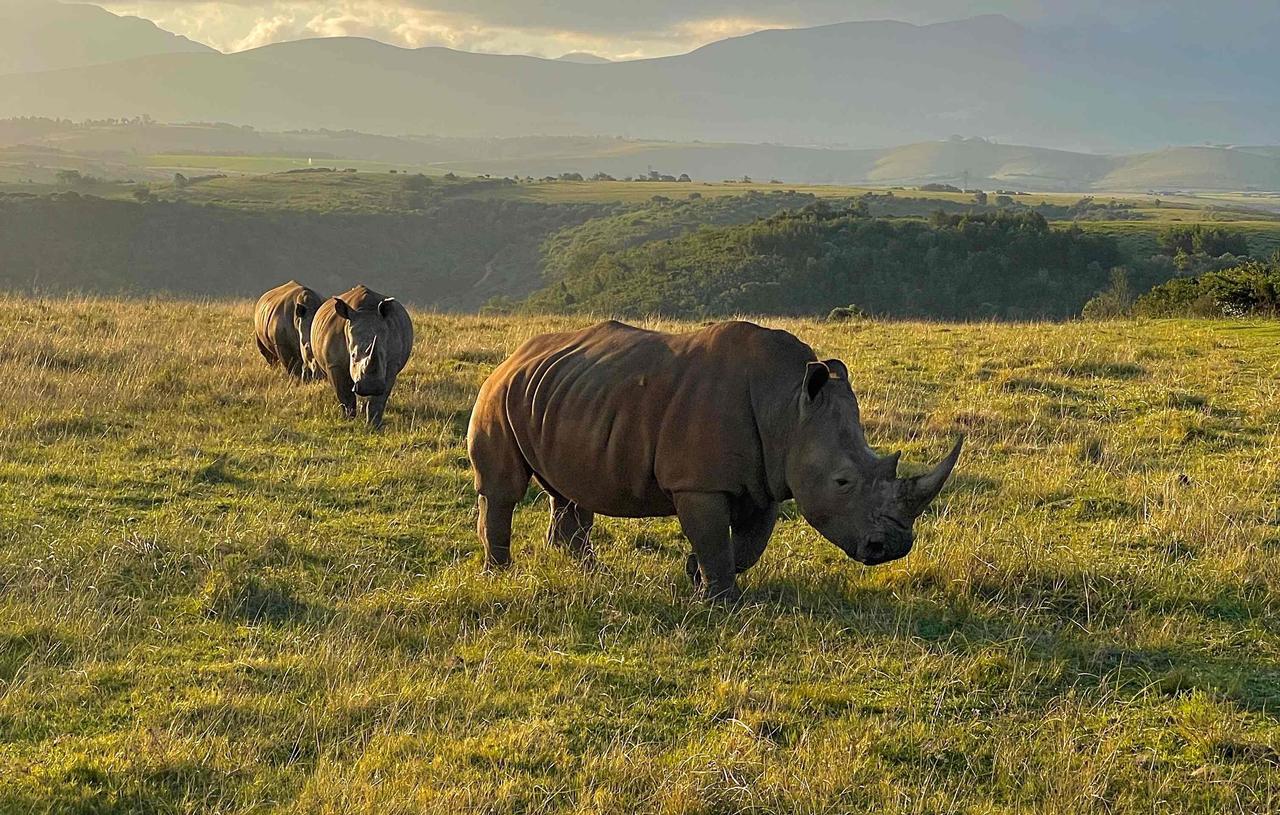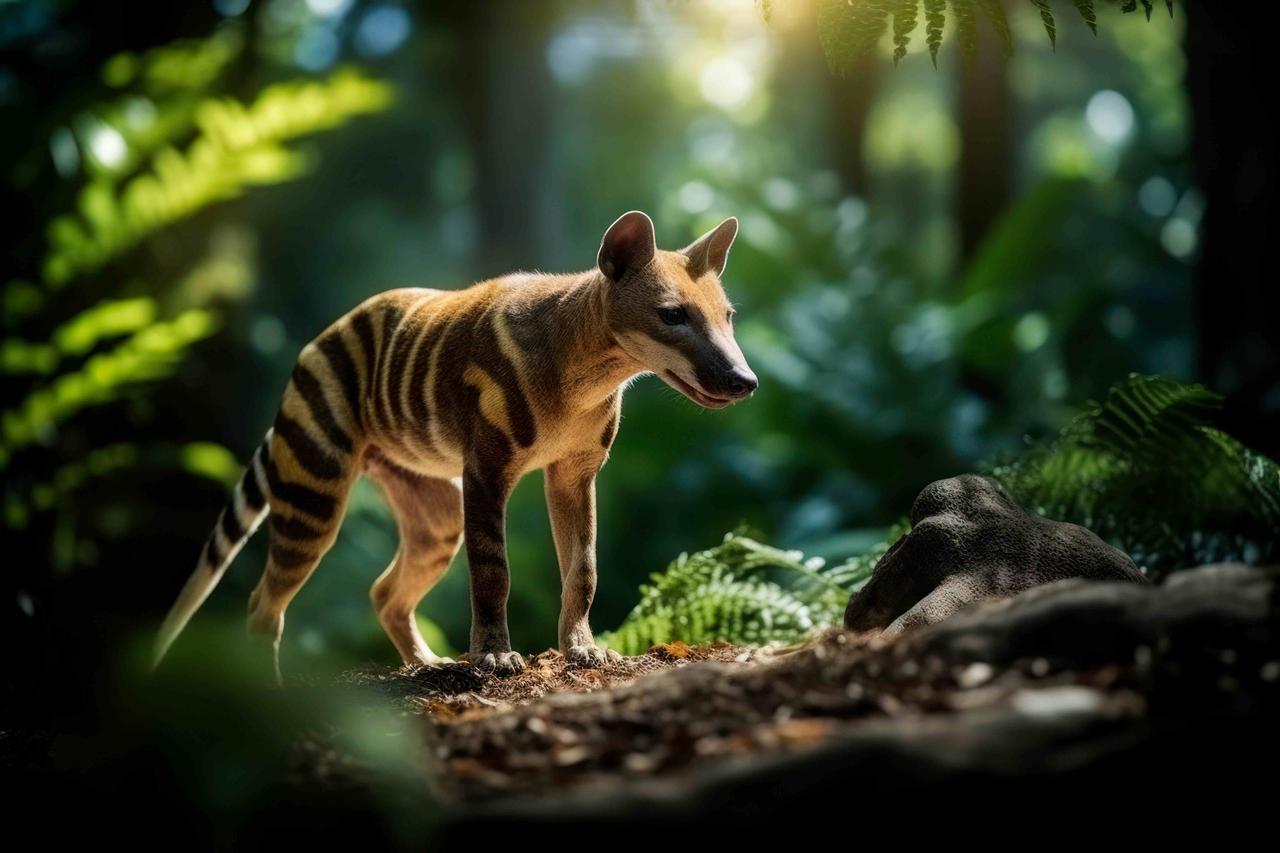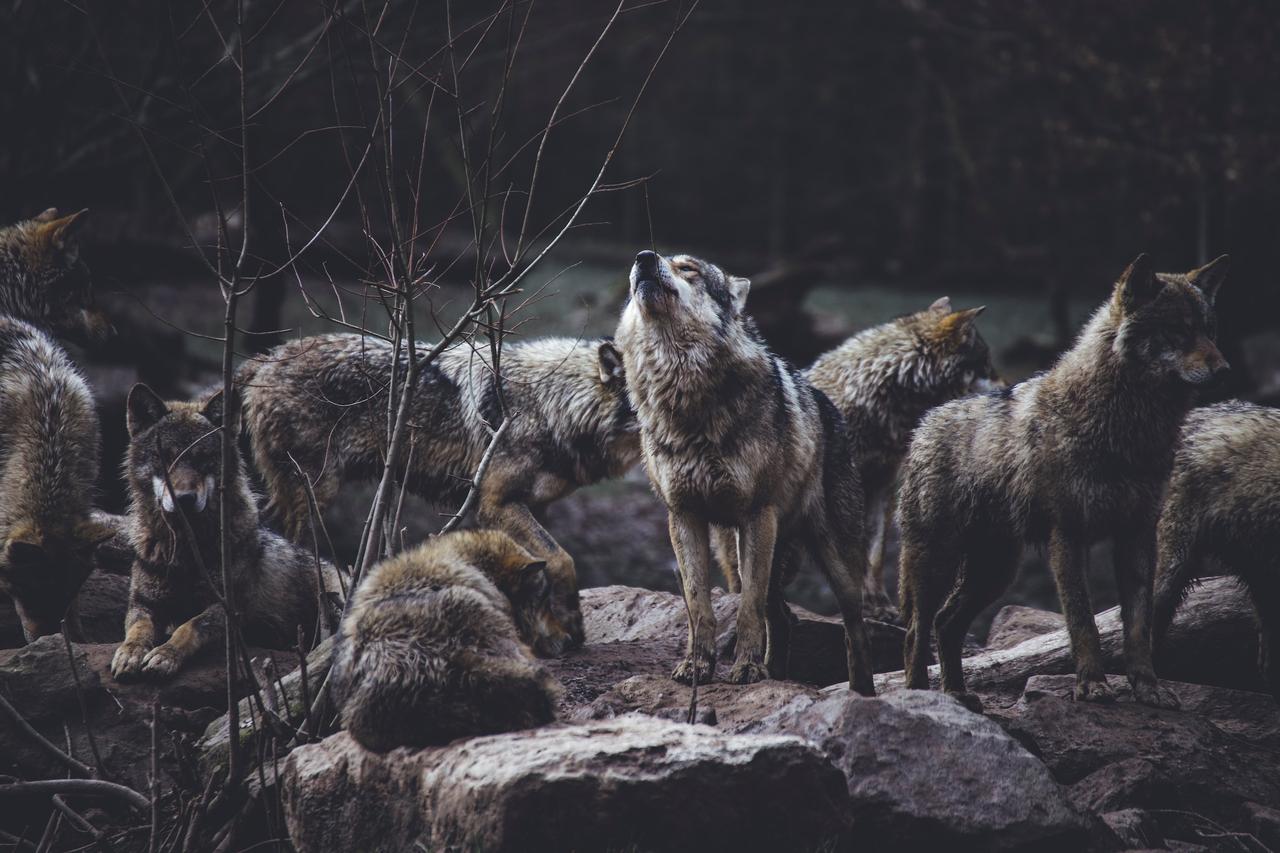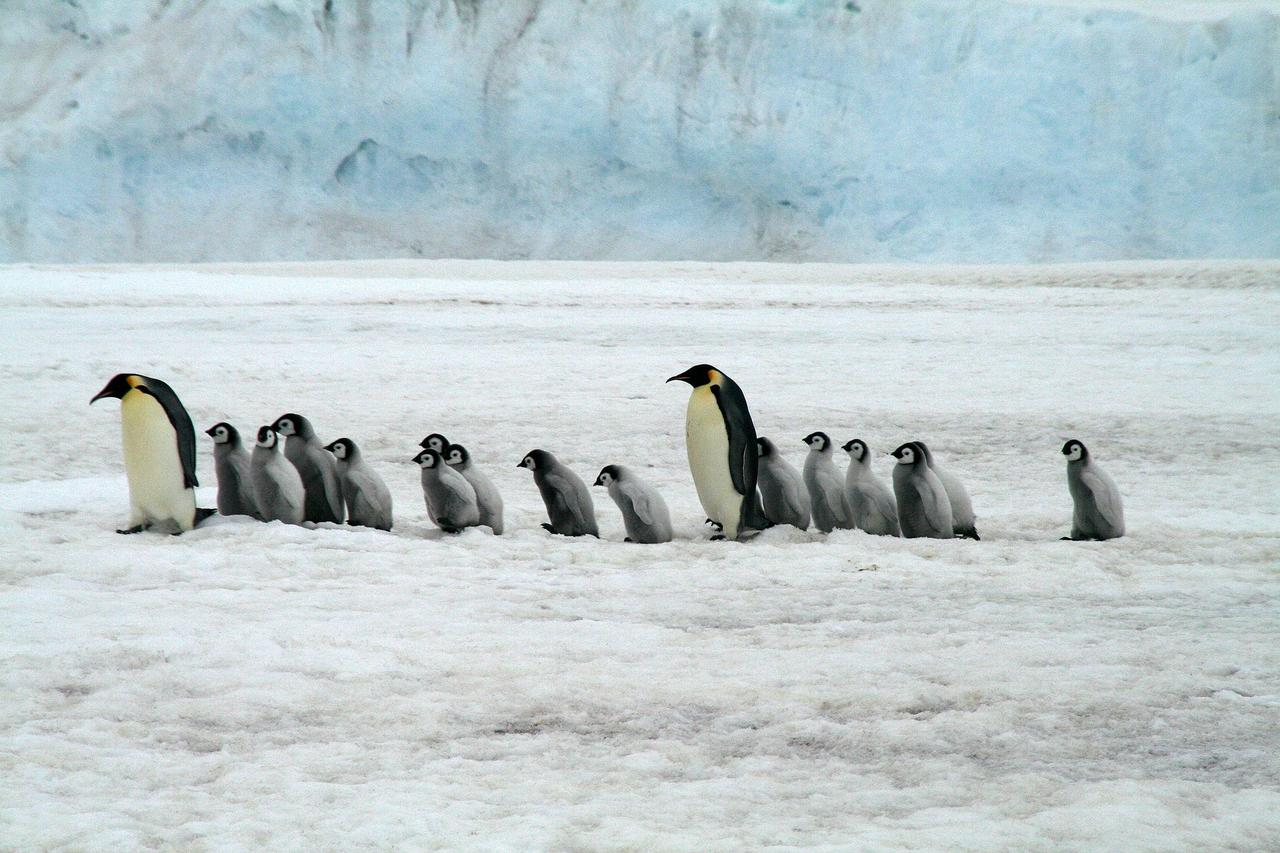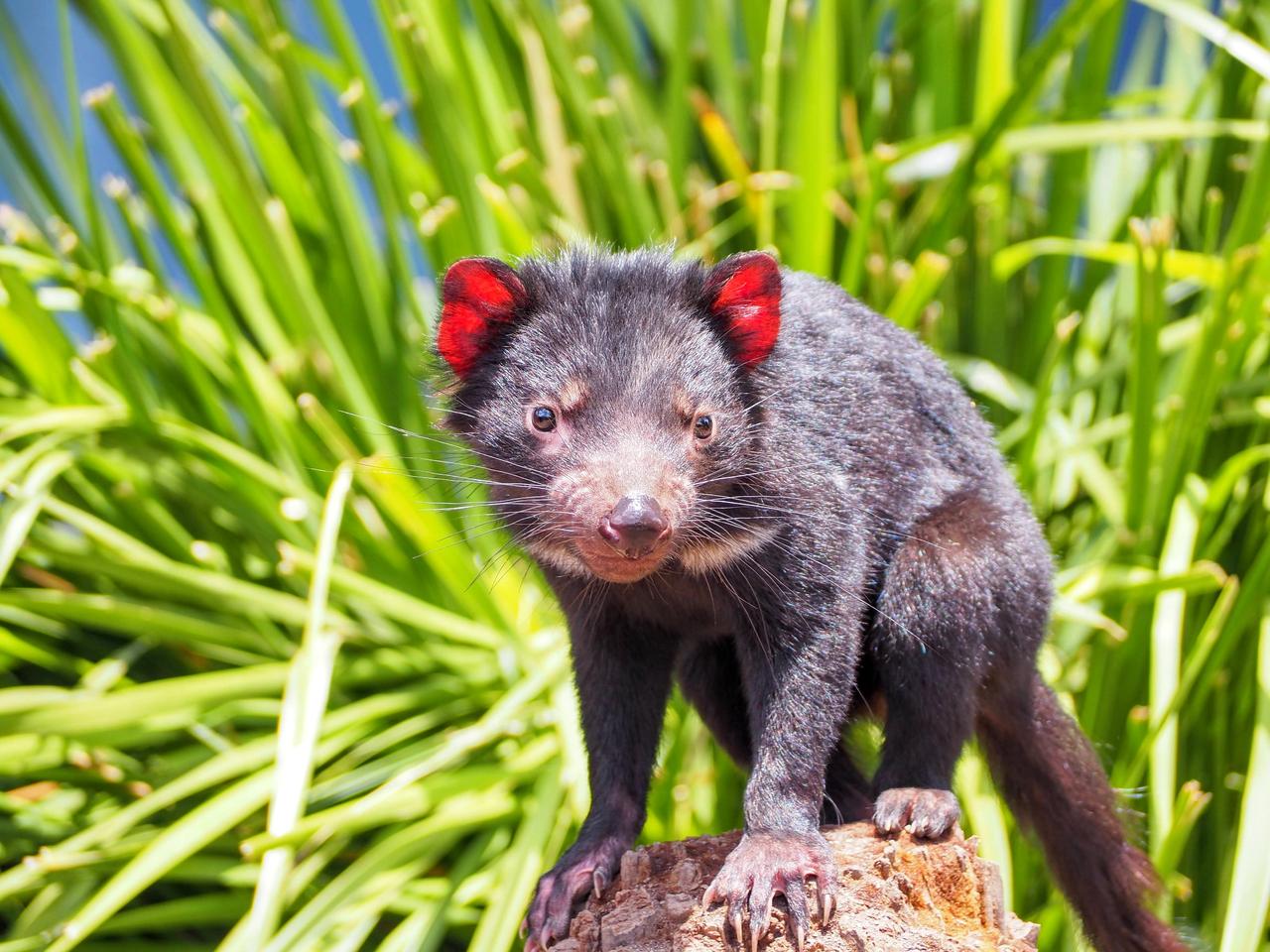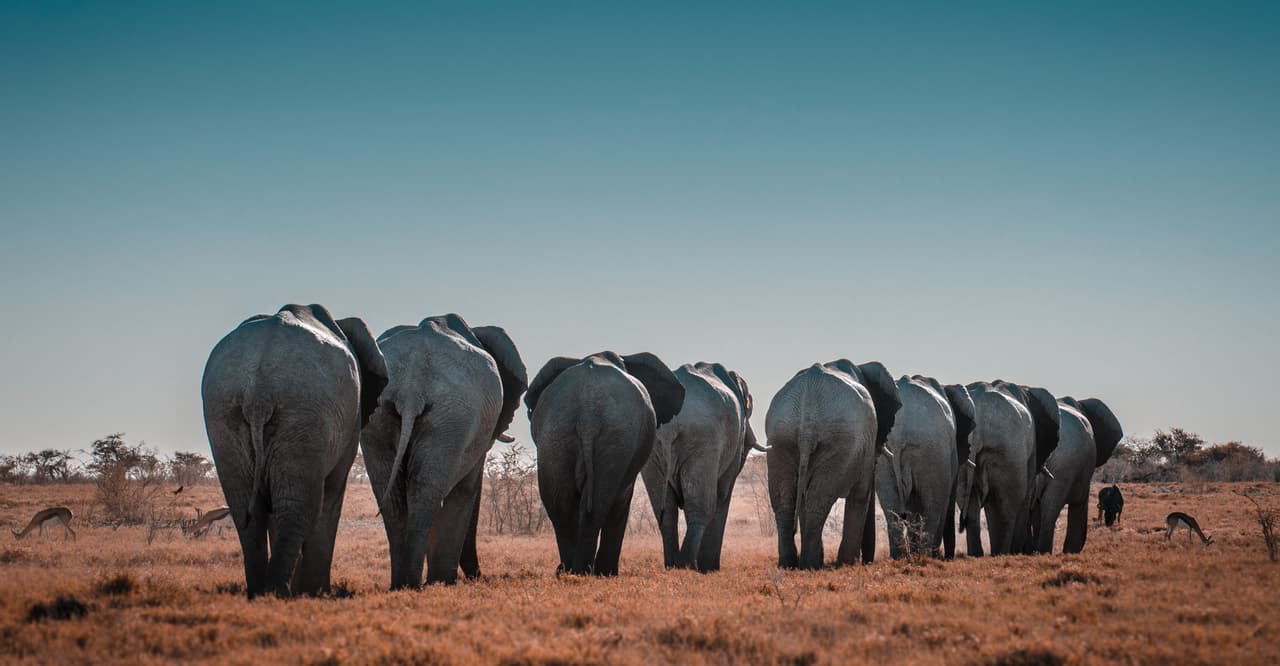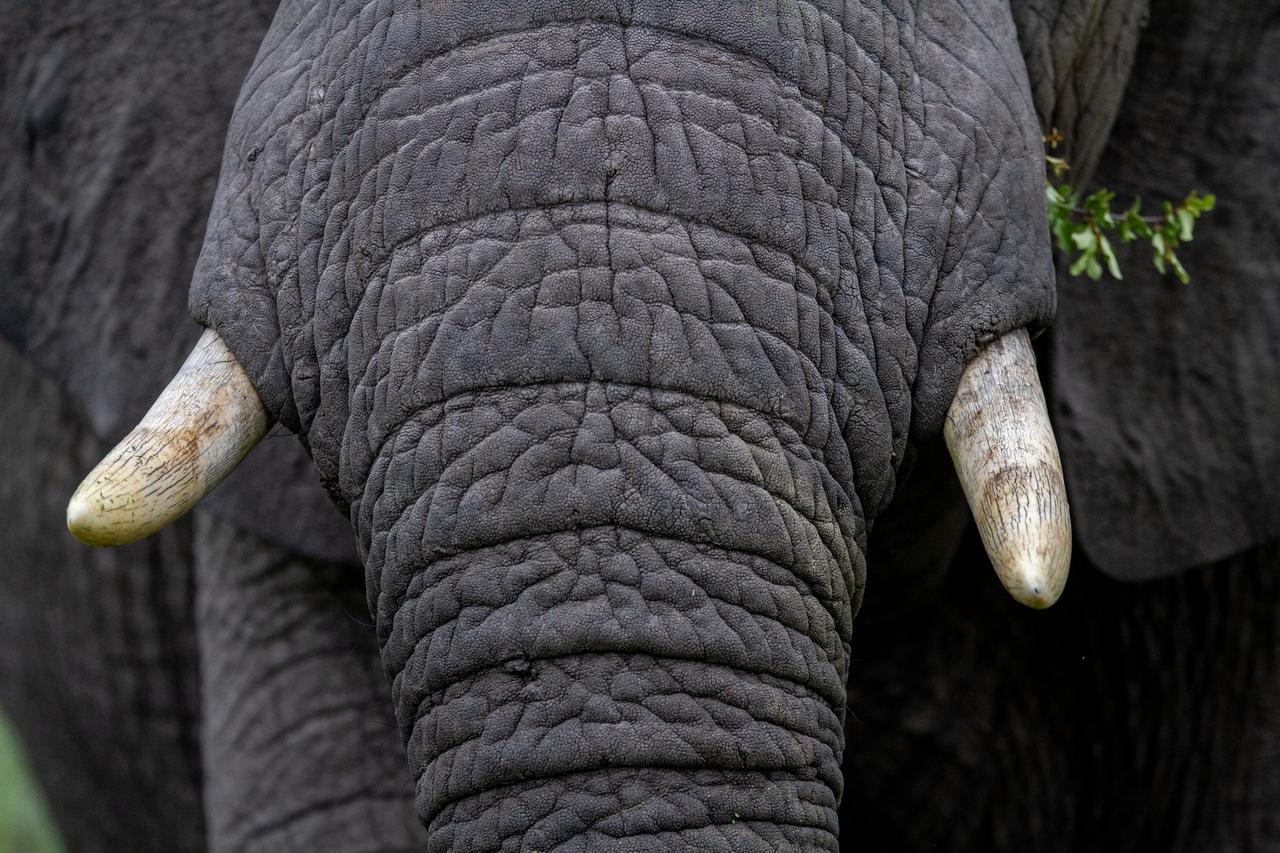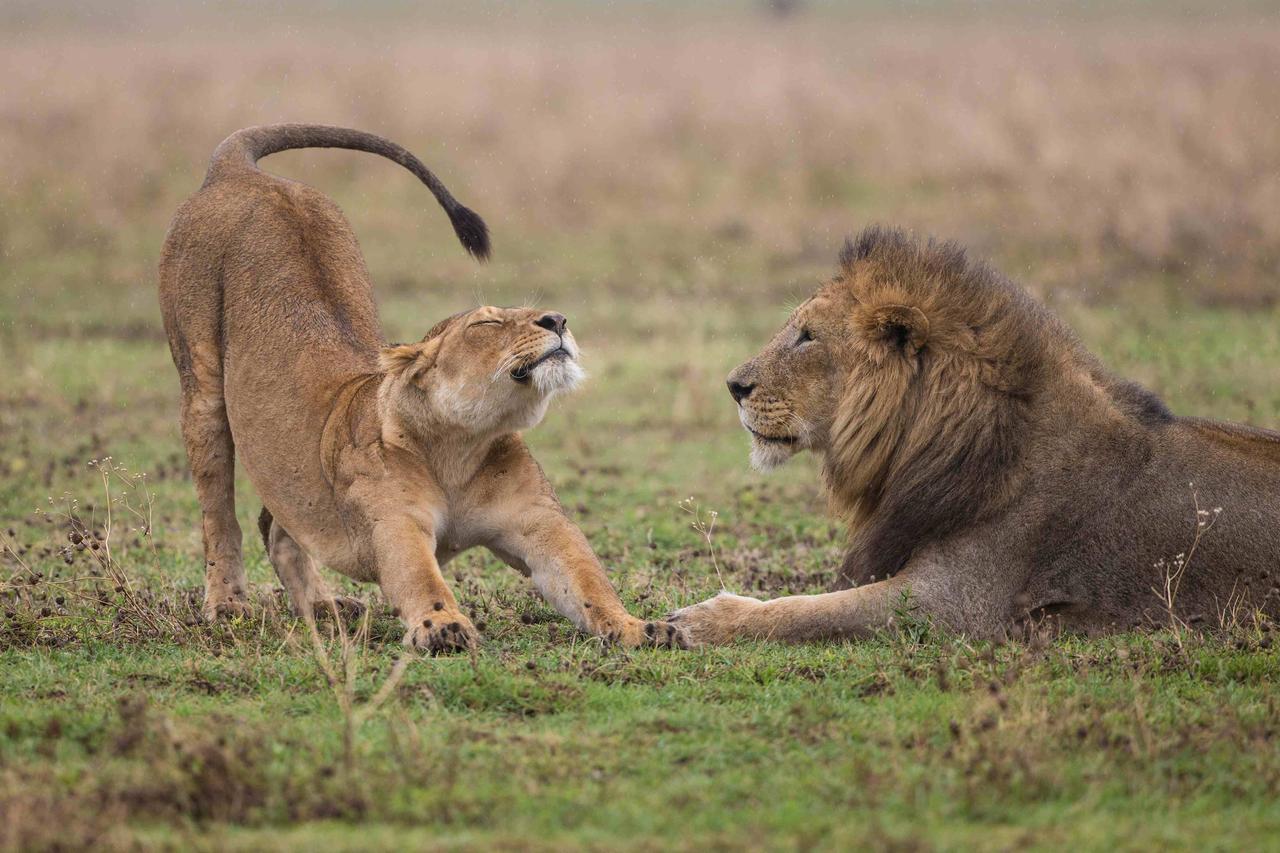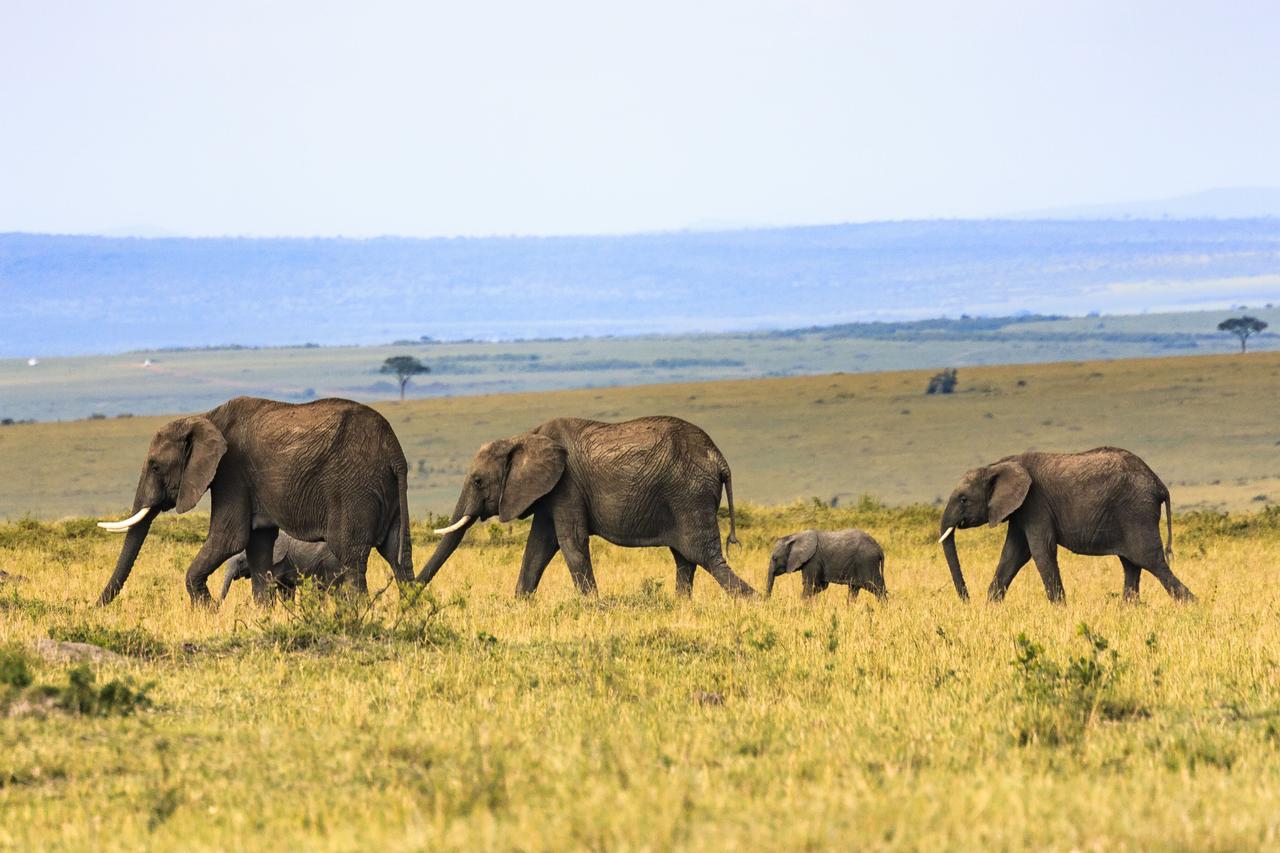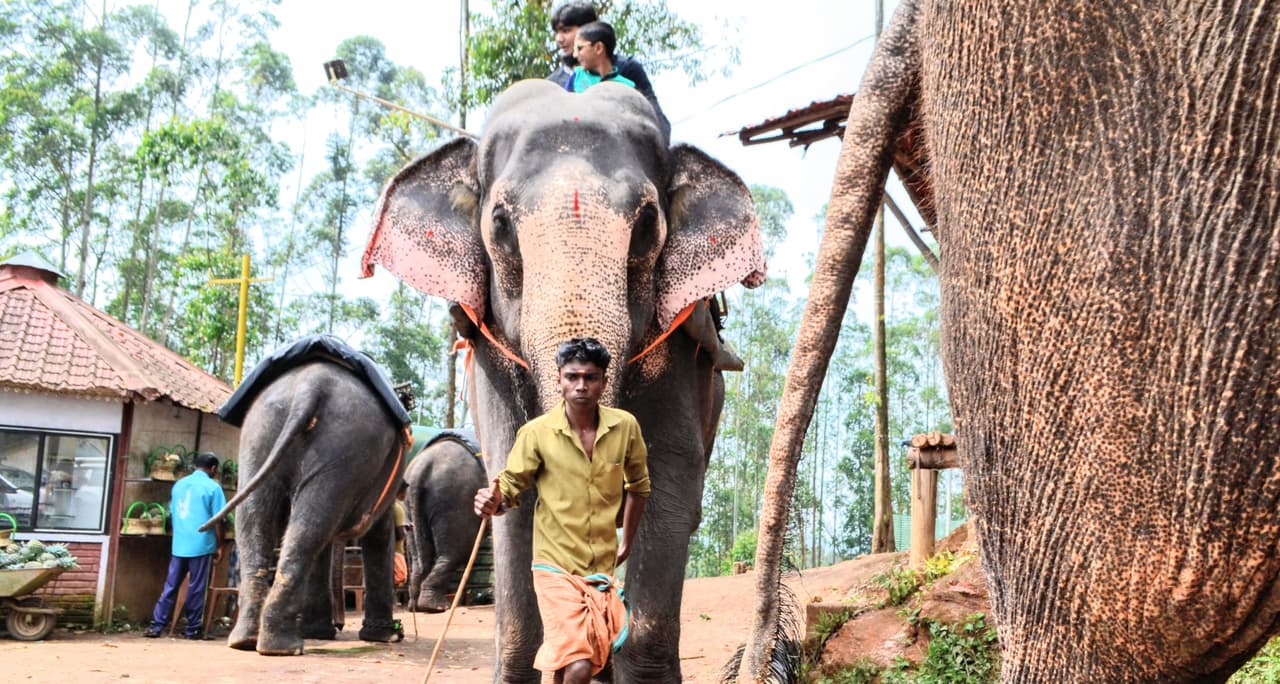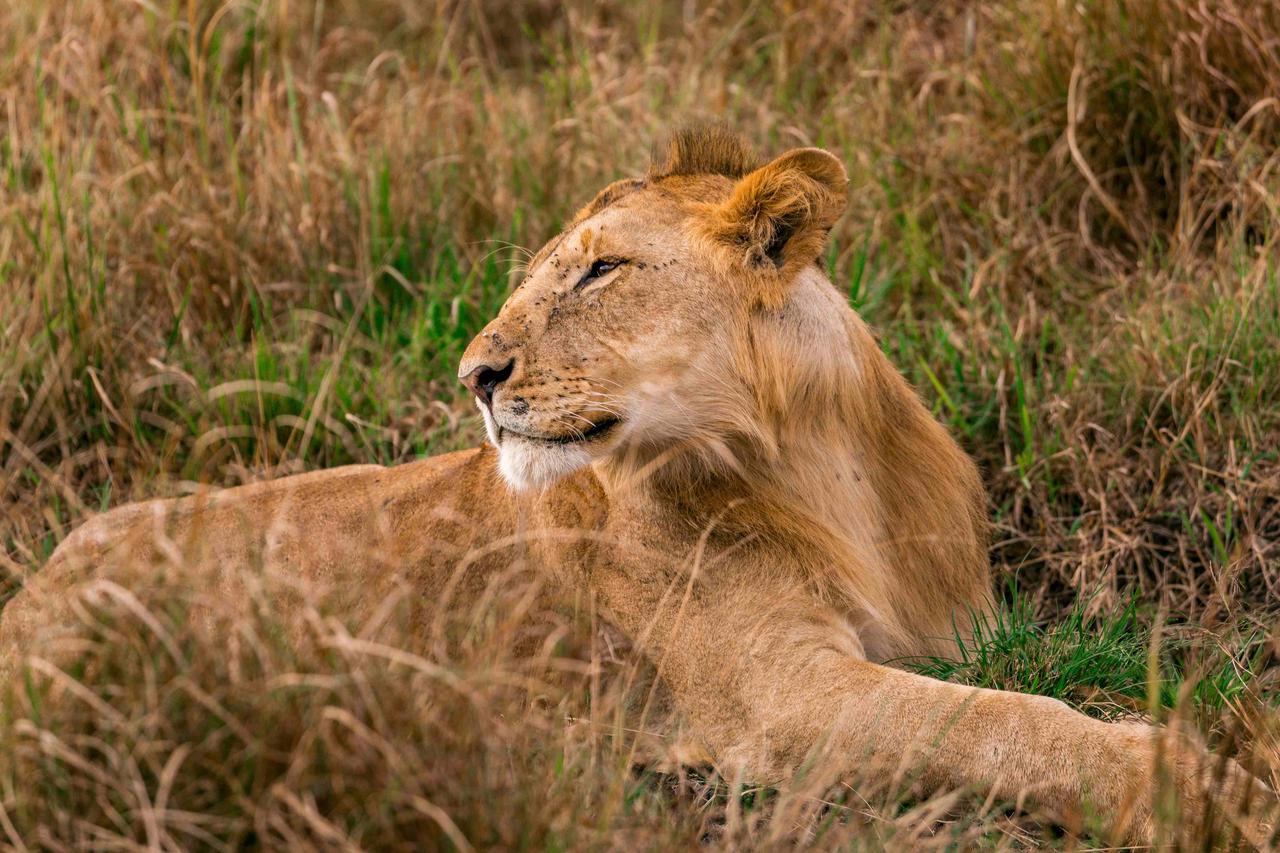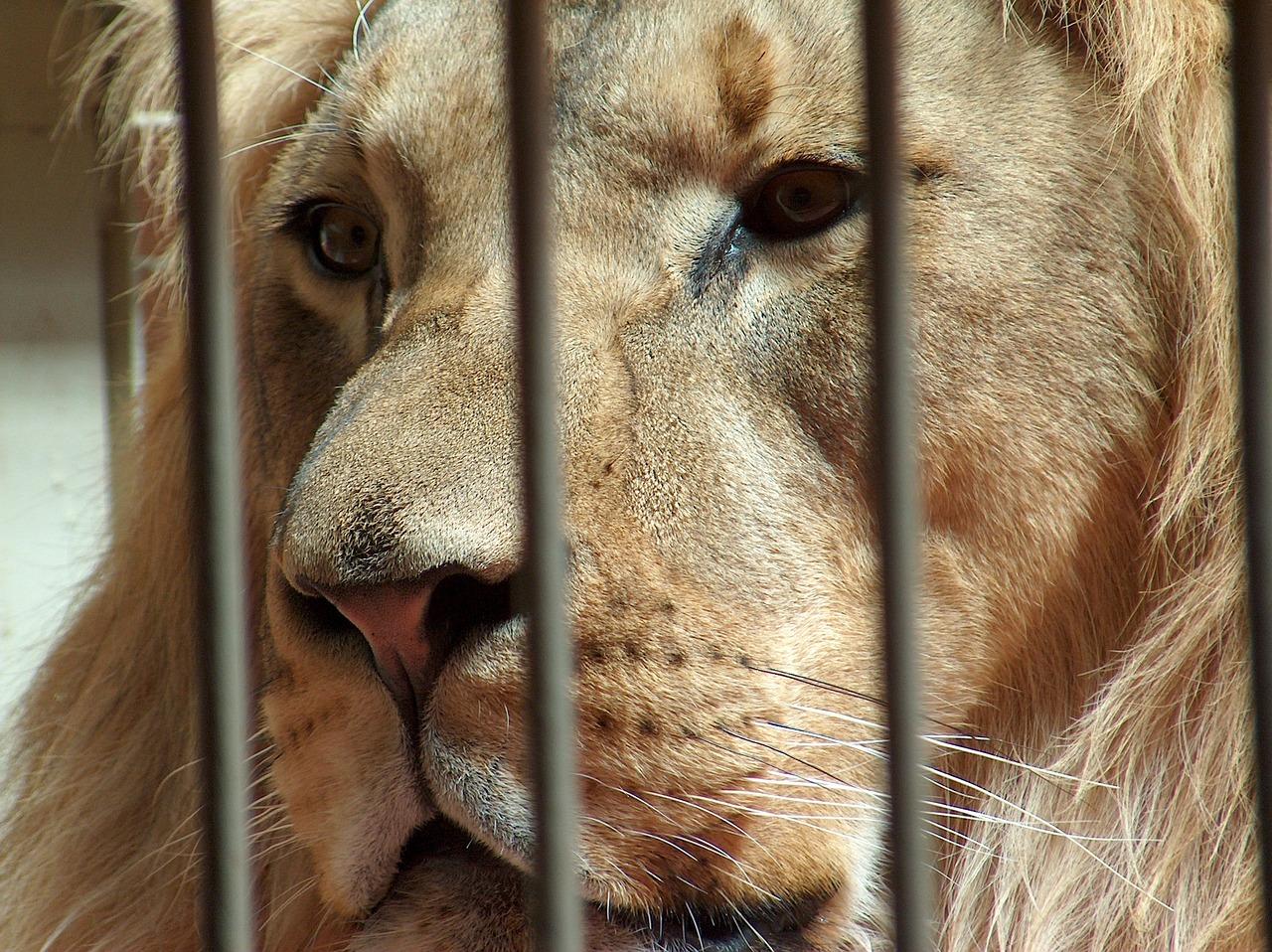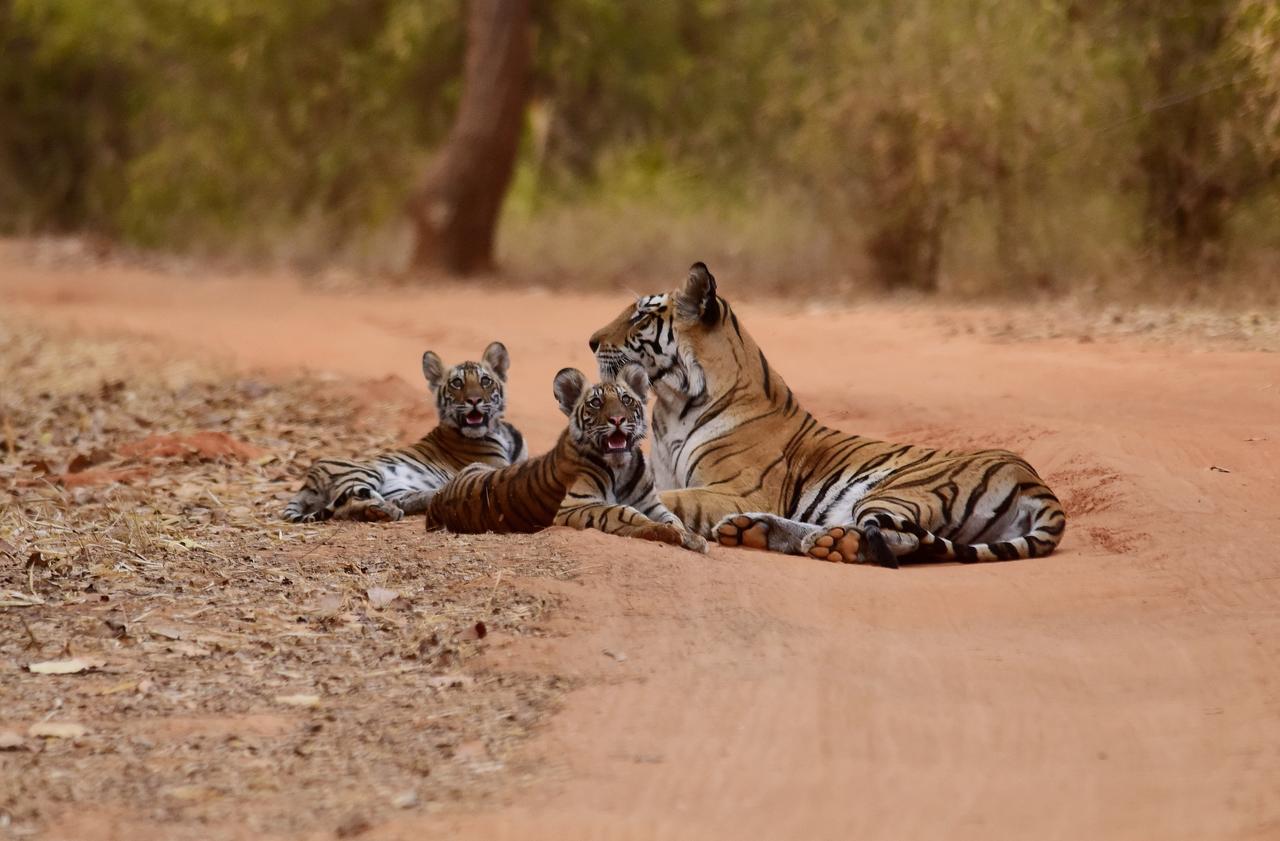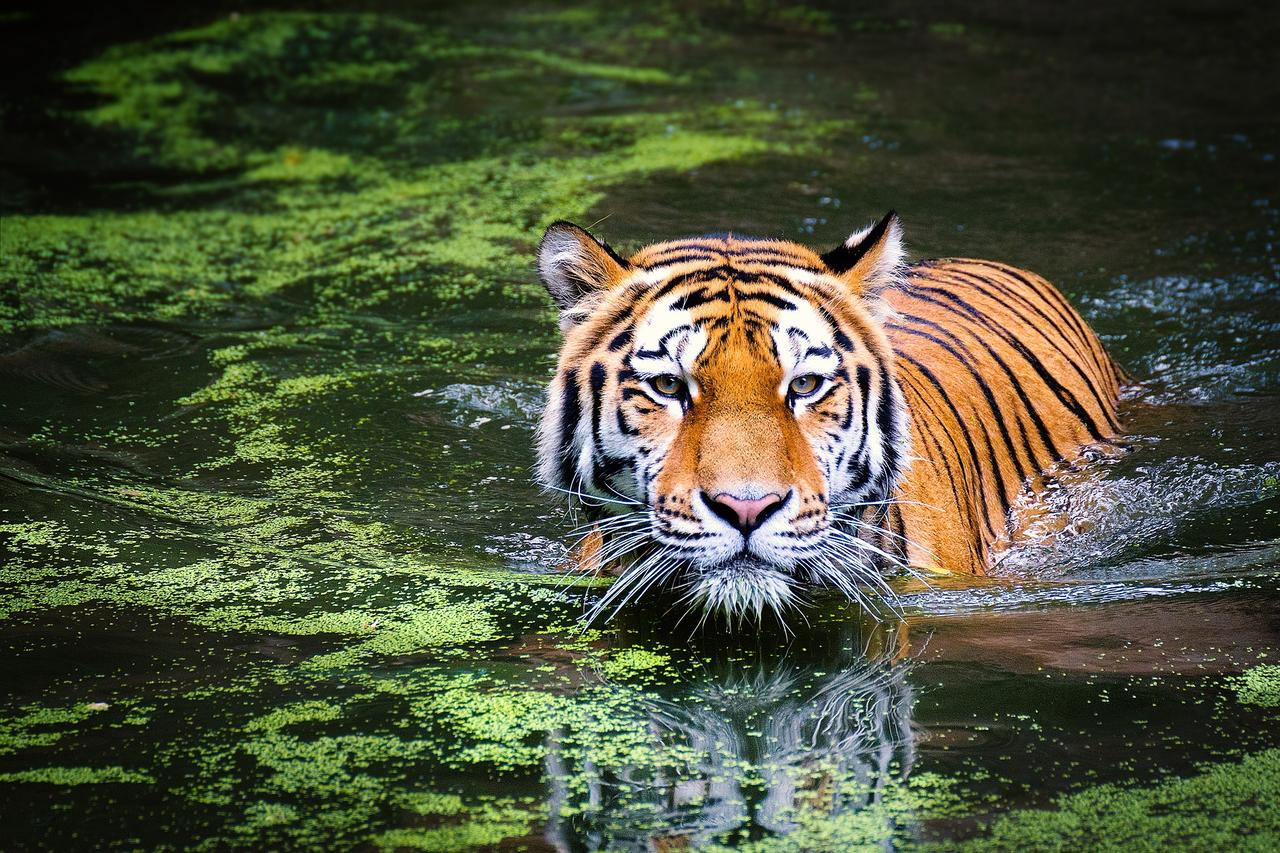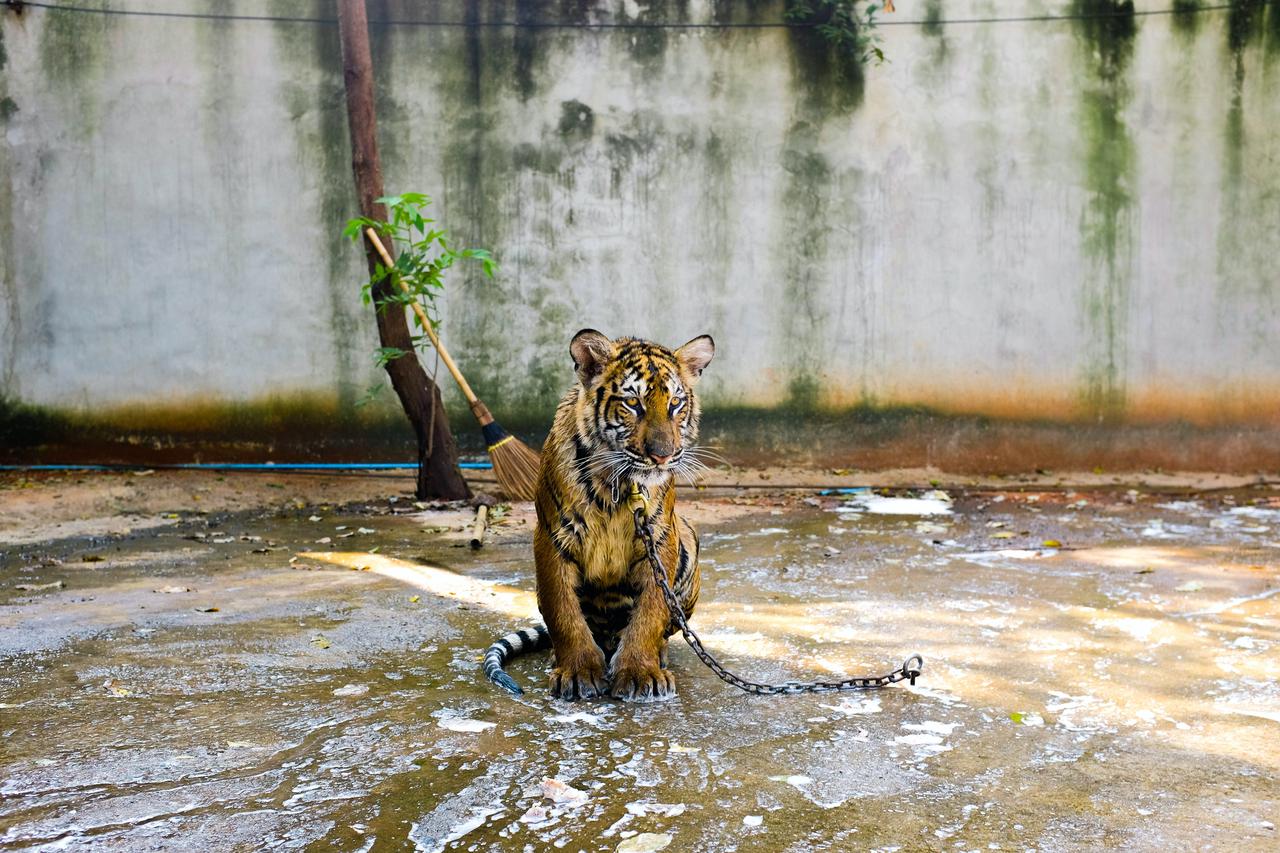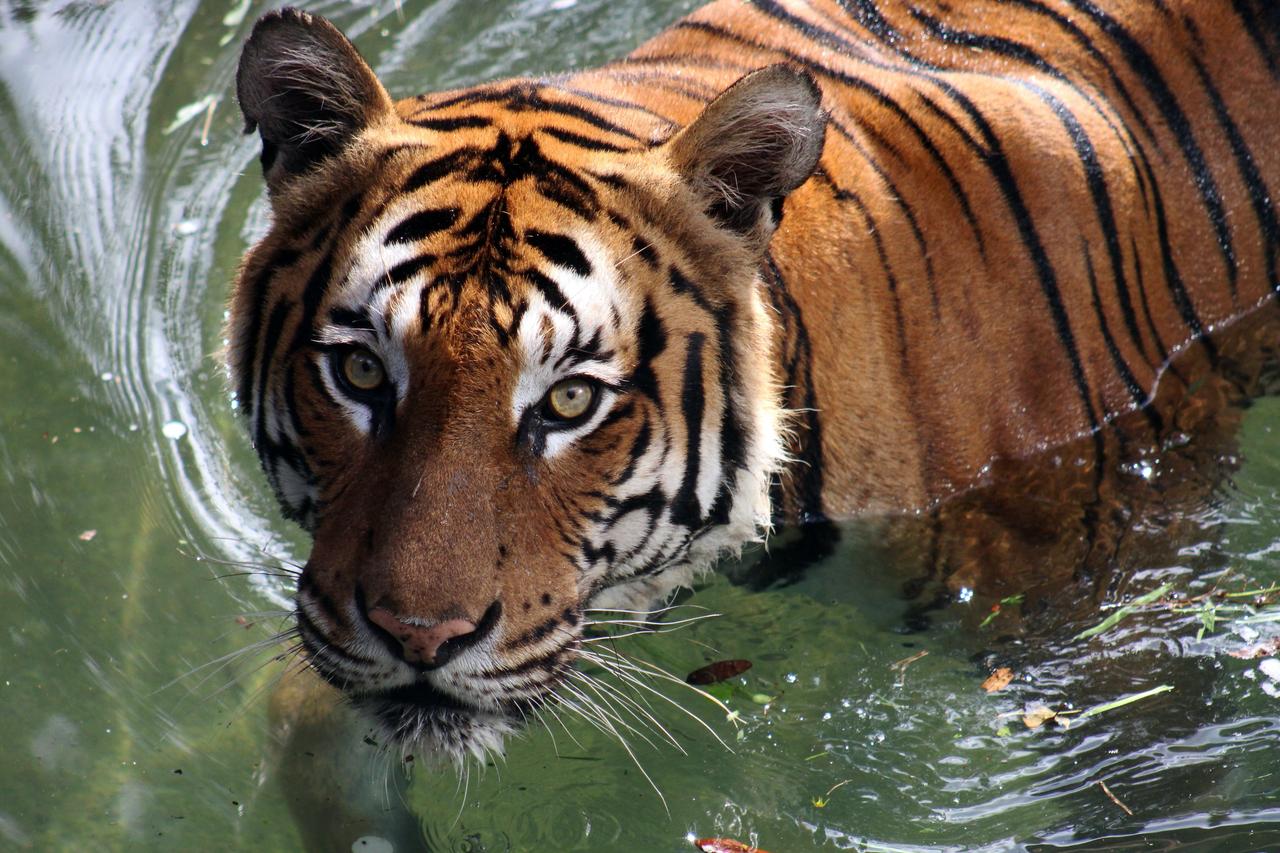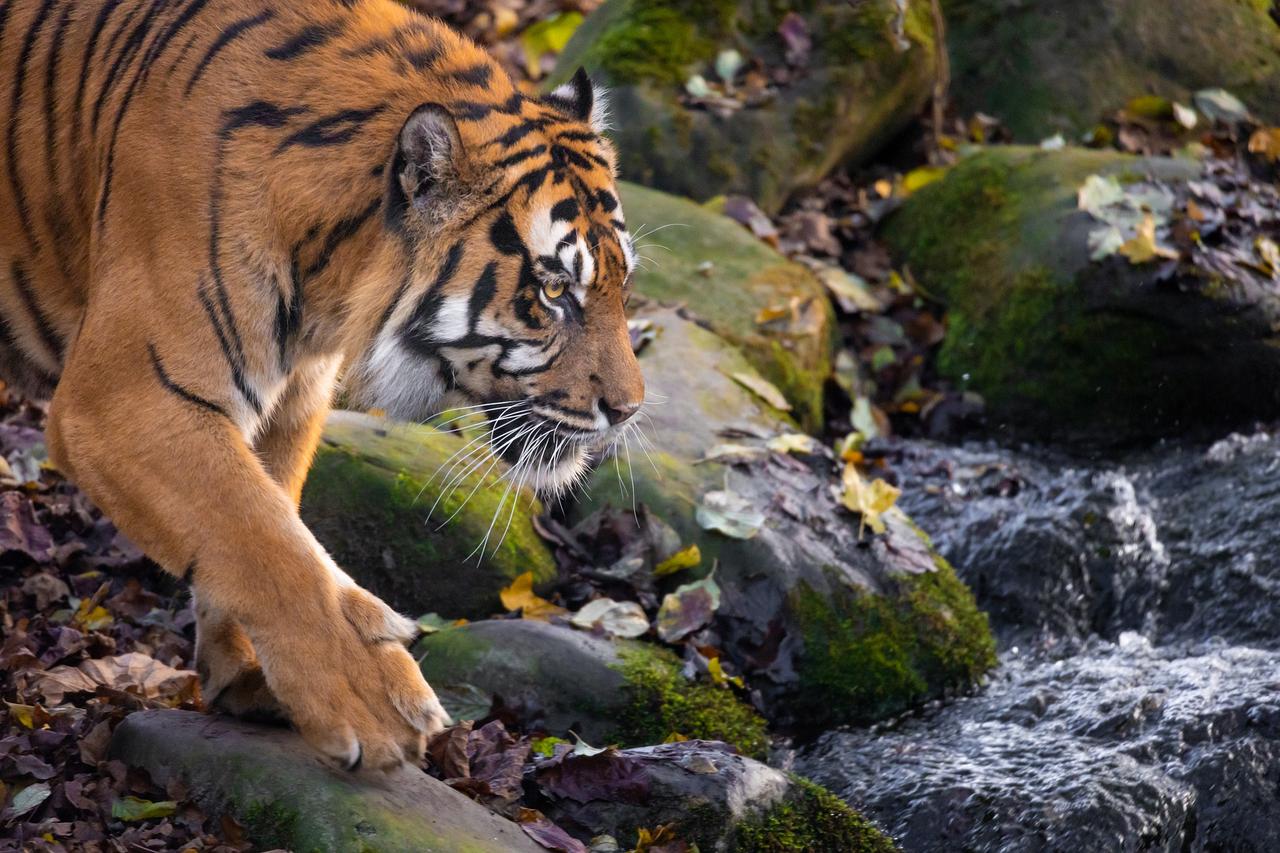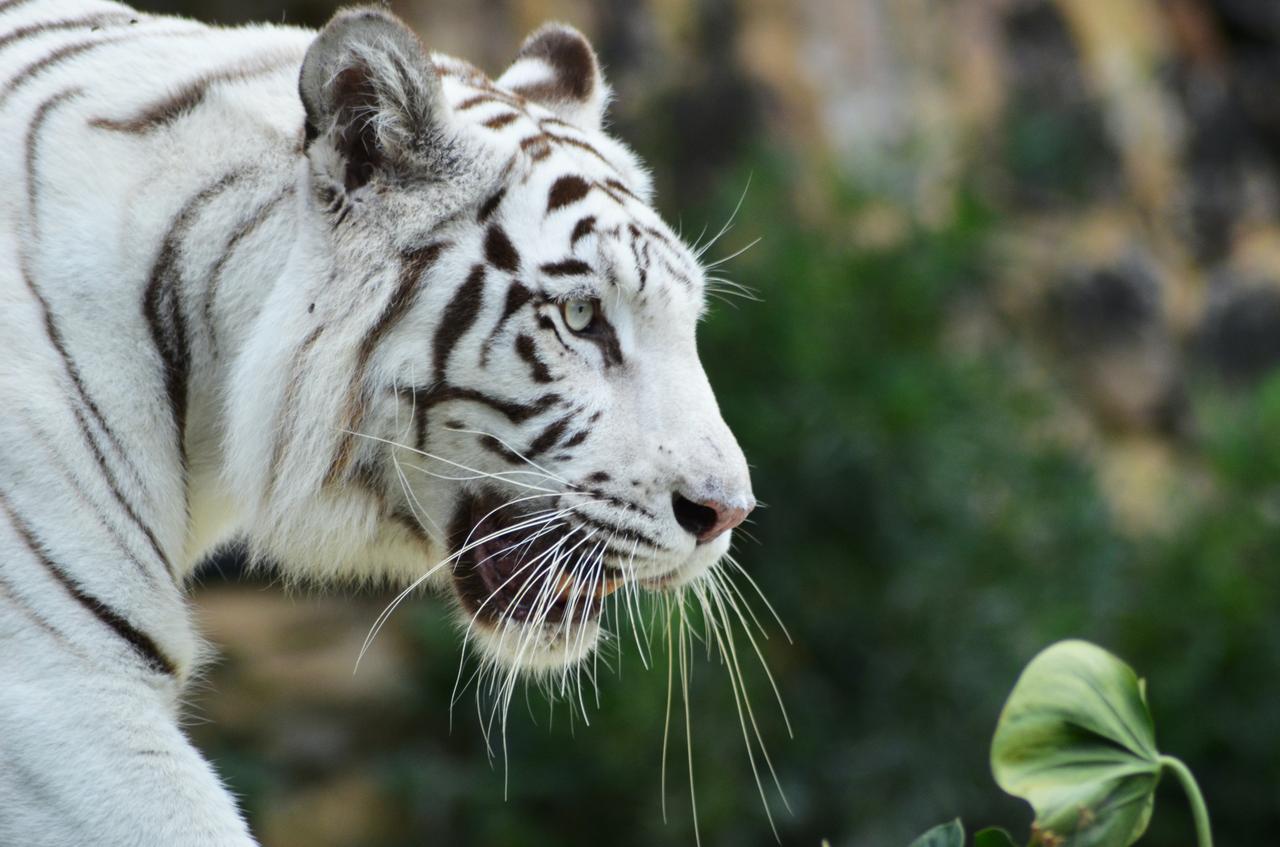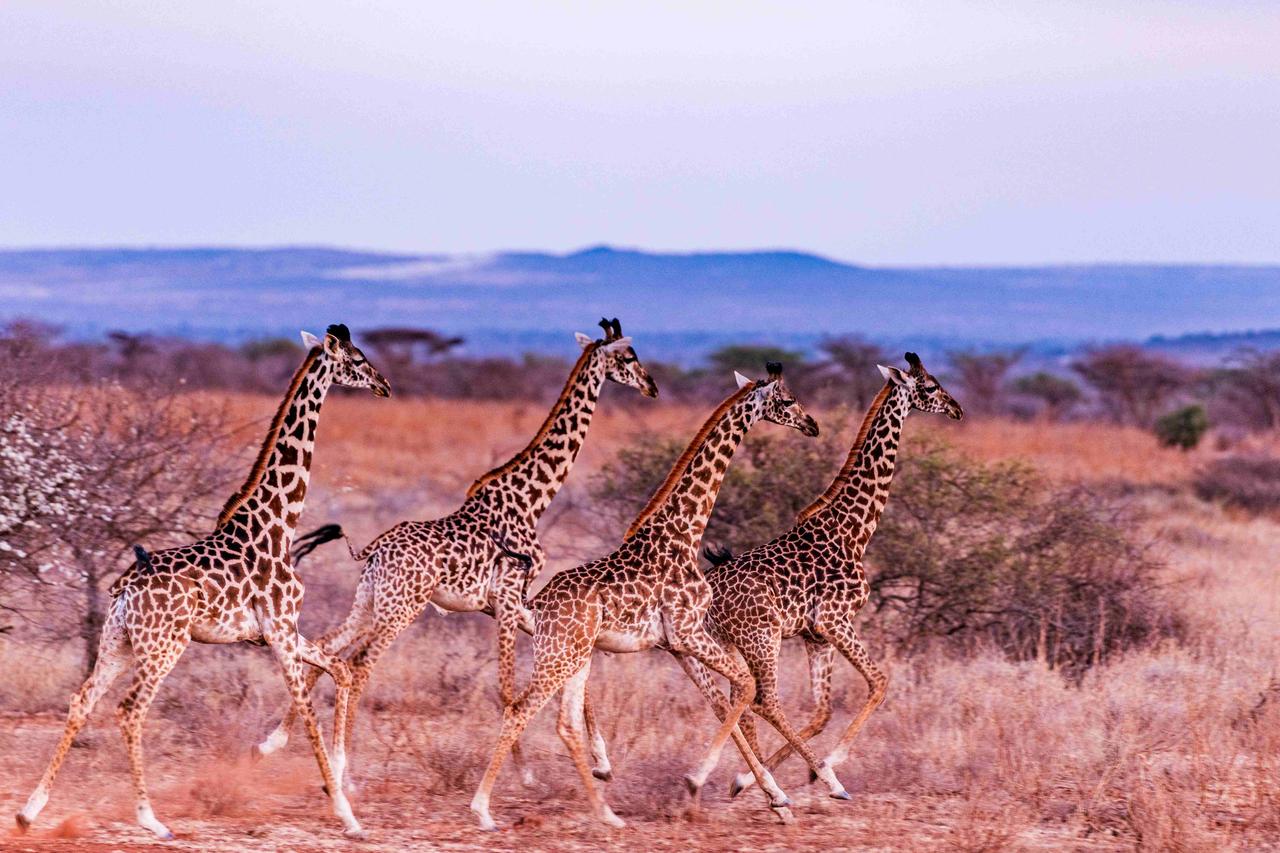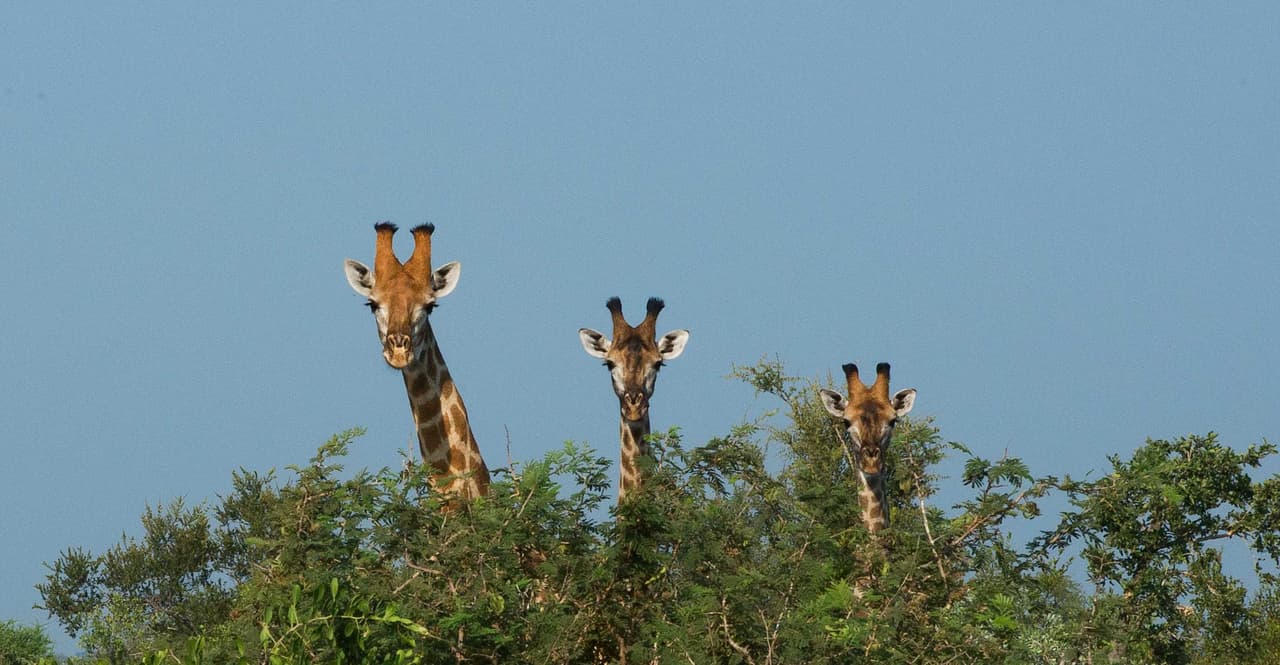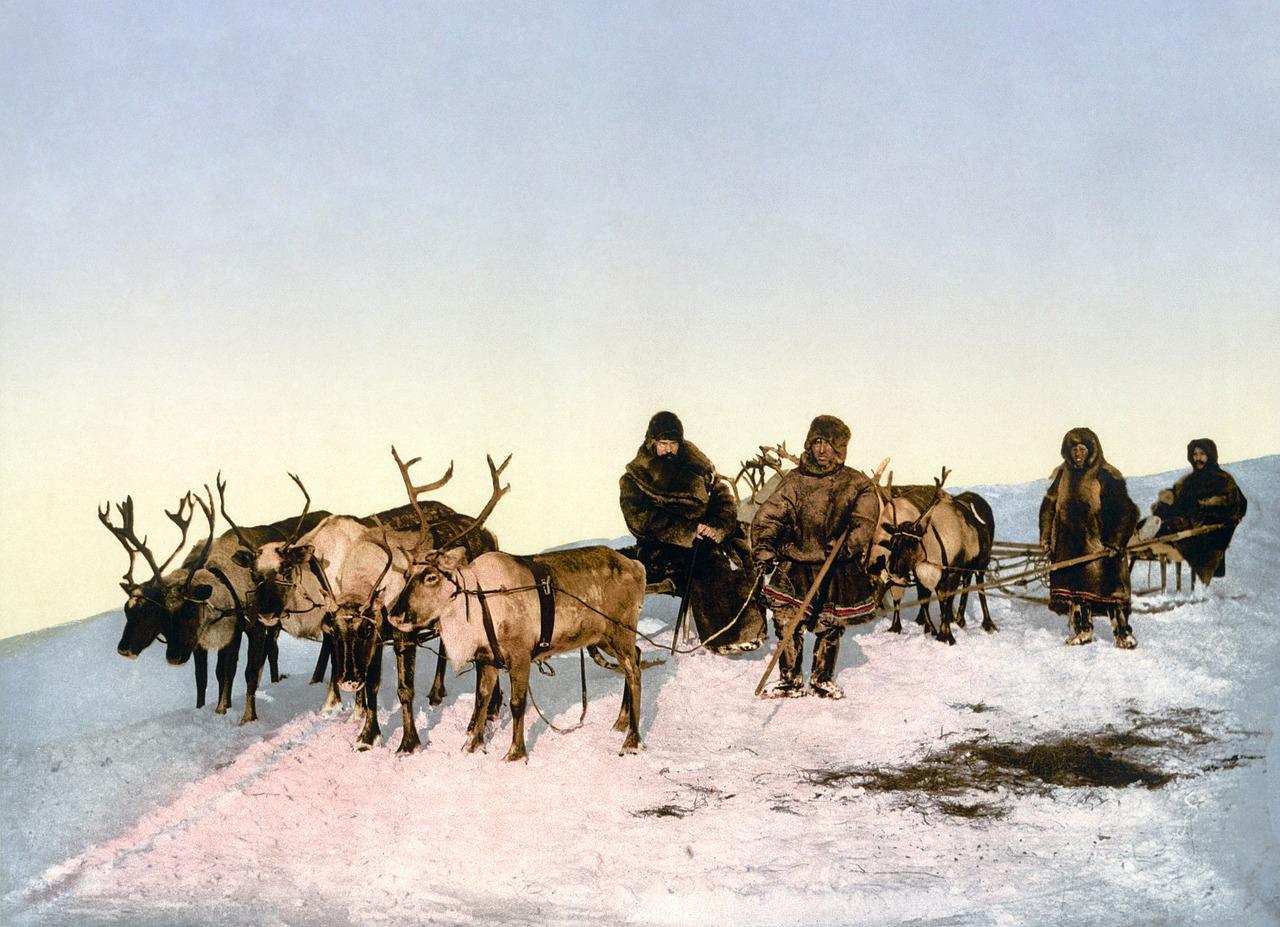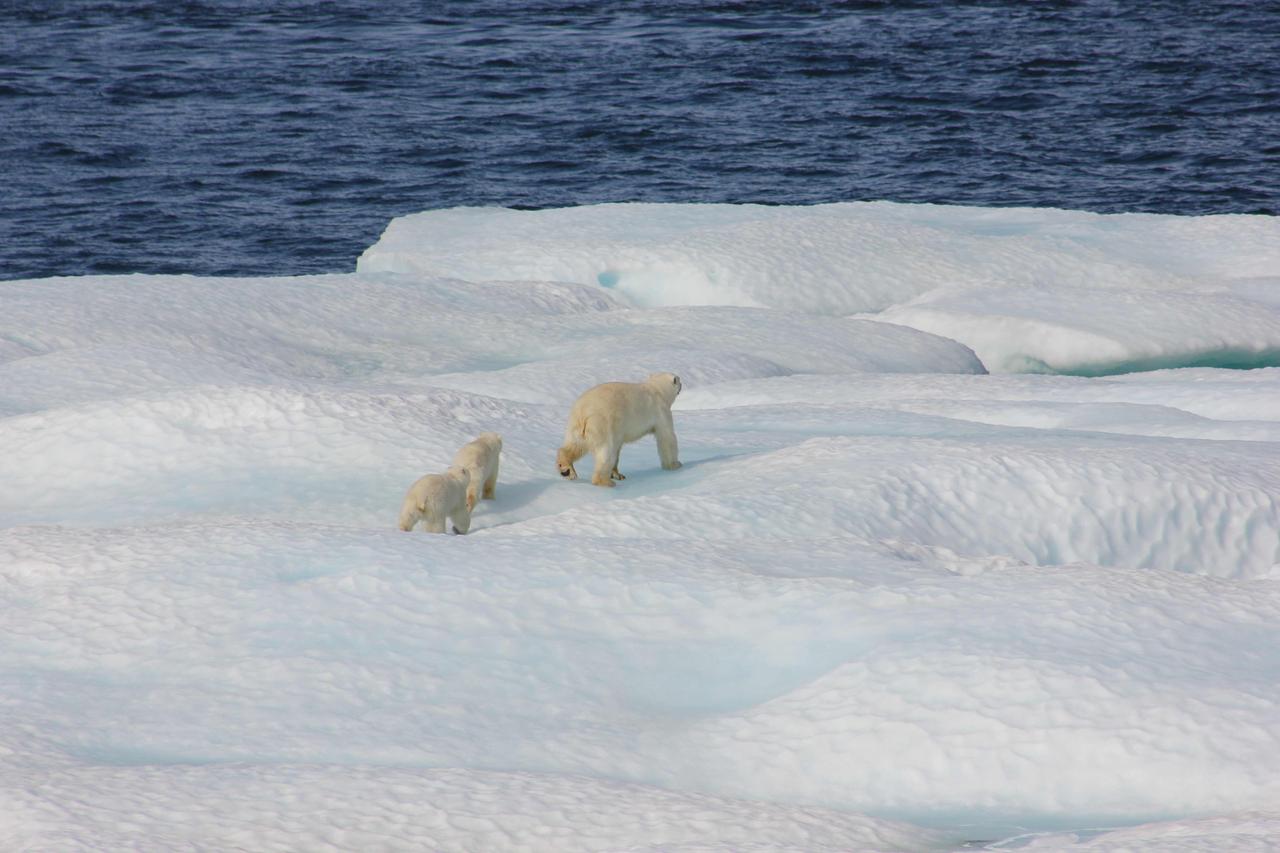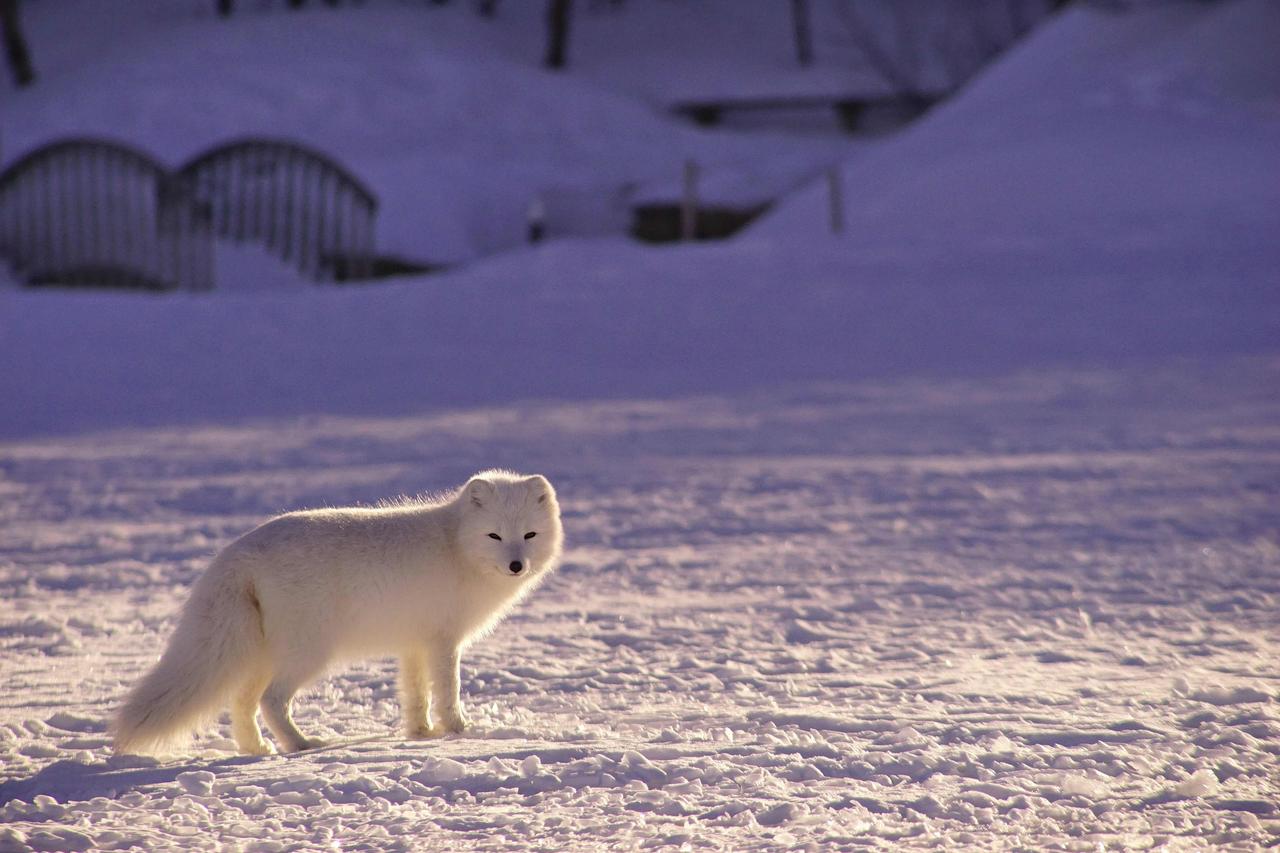
Coping with the cold, these wintery animals have some fascinating adaptations to help them through the winter. But as global warming and human activities alter their worlds, many are finding it more difficult to handle the heat.
We took a walk through winter’s wonderlands in search of wildlife that shows living in some of the harshest places on Earth takes a certain kind of character. This list of super cool — and ENDANGERED — critters are just a few of our favorite winter superheroes.
Run, Run, Reindeer
Rudolph’s nose was red — and other reindeers might have a red nose, too. To survive the cold, a reindeer’s nose contains 25% more red blood cells than the rest of their body, helping warm the frigid air as it is inhaled. Reindeer can even see ultraviolet light, allowing them to see things their predators can’t.
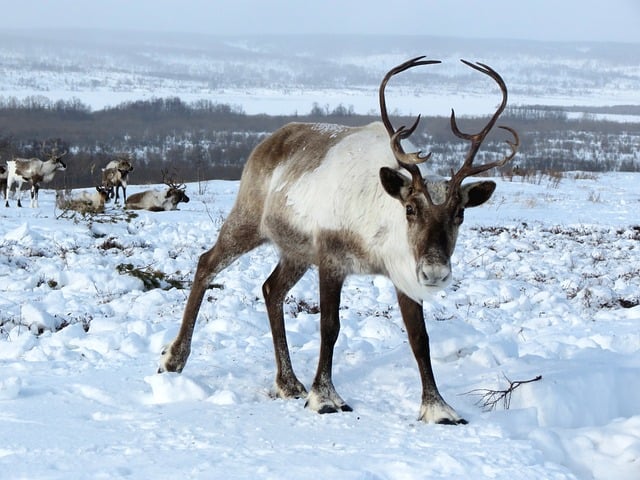
While their numbers have varied historically, reindeer herds have declined by over 50% worldwide.
Fly As an Arctic Fox
When you think of an arctic mascot, most white-furred critters come to mind, such as the arctic fox. And that’s true, the arctic fox has some of the whitest and fluffiest coats. But did you know their fur adjusts based on the season — becoming thinner, shorter and browner during warmer months. Arctic foxes are known for their hunting technique — called mousing. Before pouncing into the snow, these foxes align with Earth’s magnetic field to find the right spot.
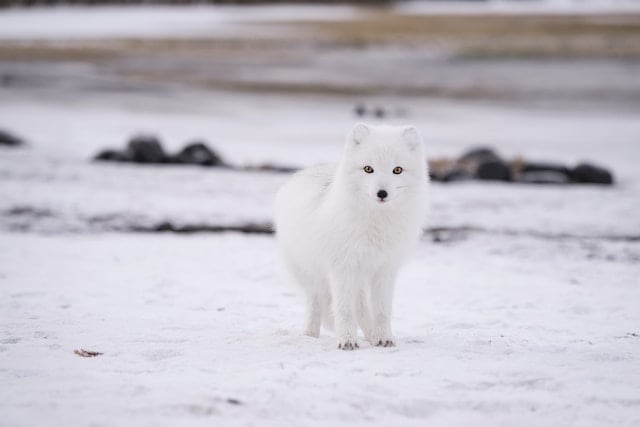
Once highly exploited, Arctic fox populations rebounded after they became protected under the fur trade. However, some populations, such as those in Sweden, remain highly endangered.
Musk Oxen
These animals live in the tundra and are more closely related to a sheep. A musk ox has long, shaggy fur with two layers for insulation and can weigh up to 450 kg (nearly 1,000 lbs). During mating season, musk oxen will ram into each other at full speed (60 kph) — but luckily, they have an air pocket between their brain and skull to protect them.
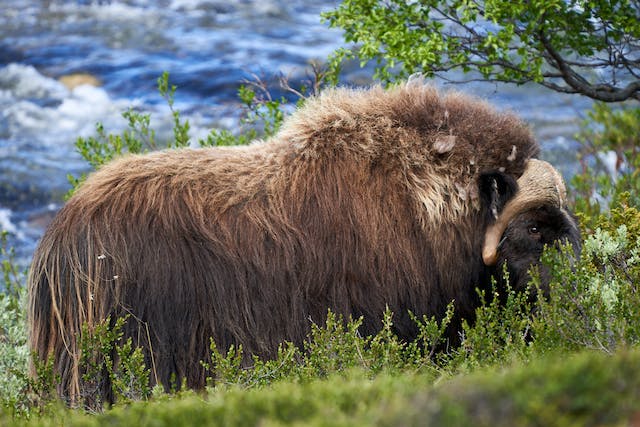
Once hunted to extinction, legislation helped bring this species back from the brink. Reintroduced populations occupy the Arctic tundra. But now climate change is bringing new threats.
Brain-Freezing Wood Frogs
This might not have been an animal that comes first to mind when you think of winter. But this forest-dwelling amphibian has one of the coolest ways of surviving the cold and making it to spring: it freezes solid — brain and all — in a process called “supercooling.”

In this warming world, our cold-loving wildlife friends need our help. So, this year, keep WINTER WILD by gifting a donation to organizations protecting ENDANGERED animals.


